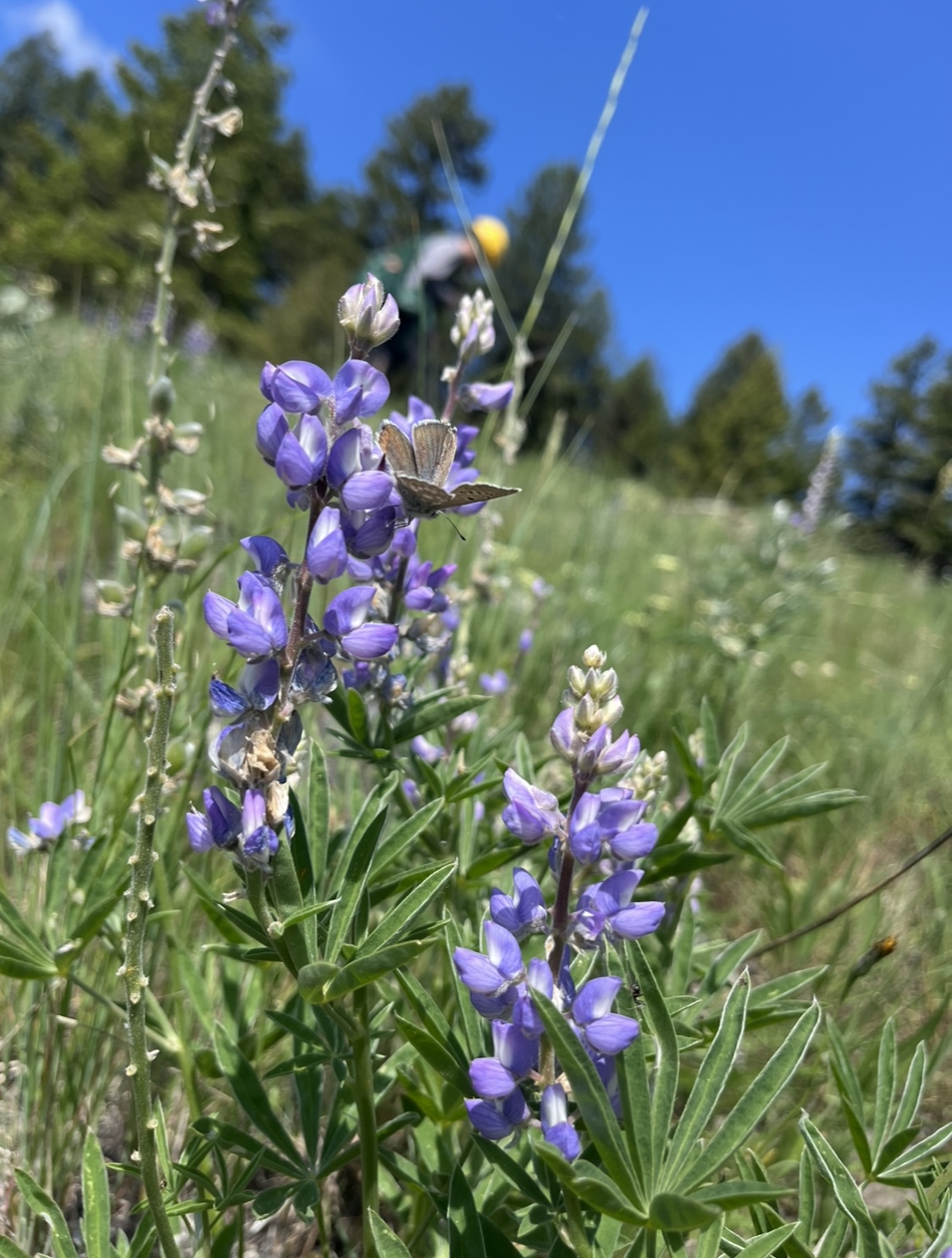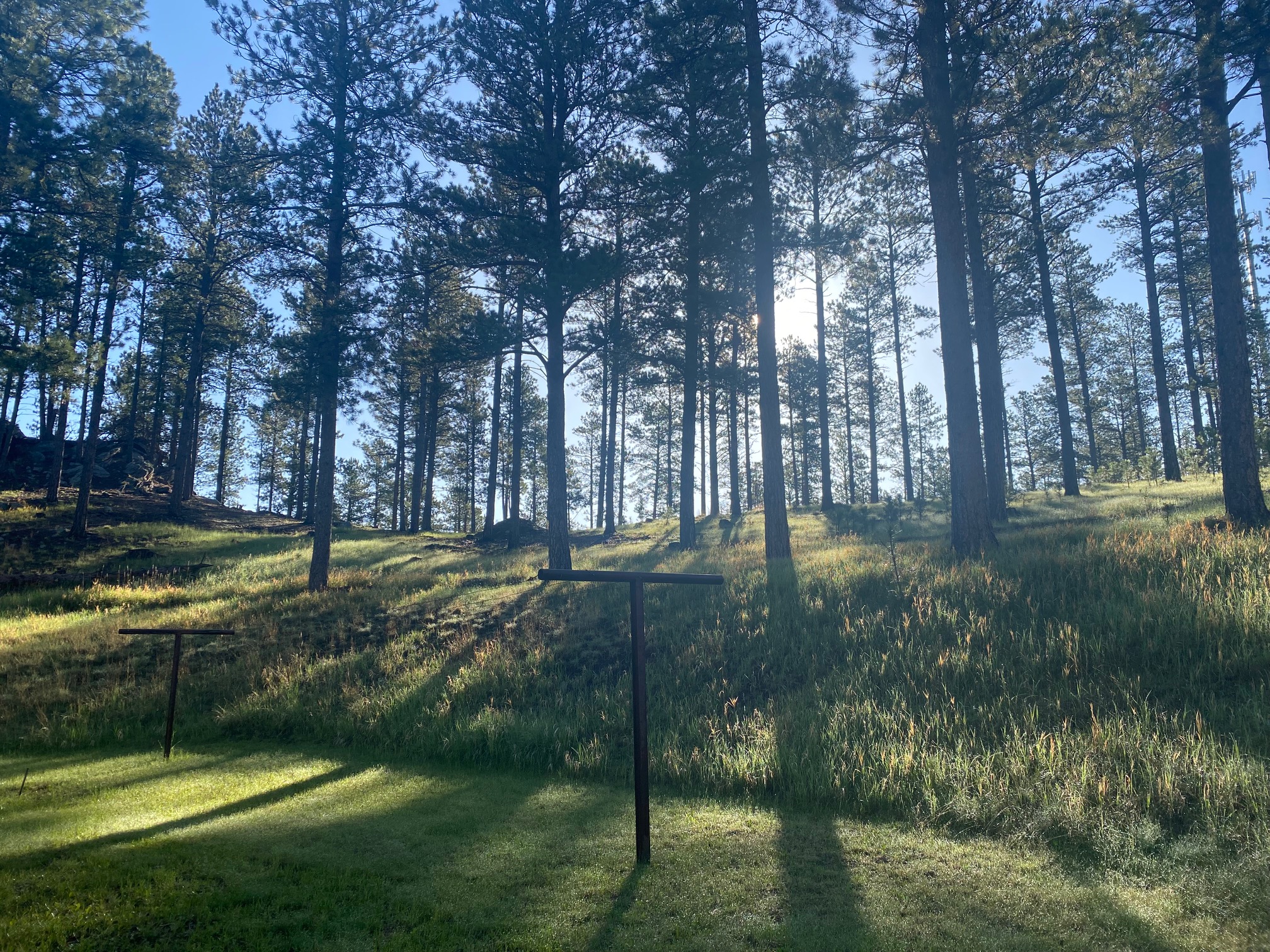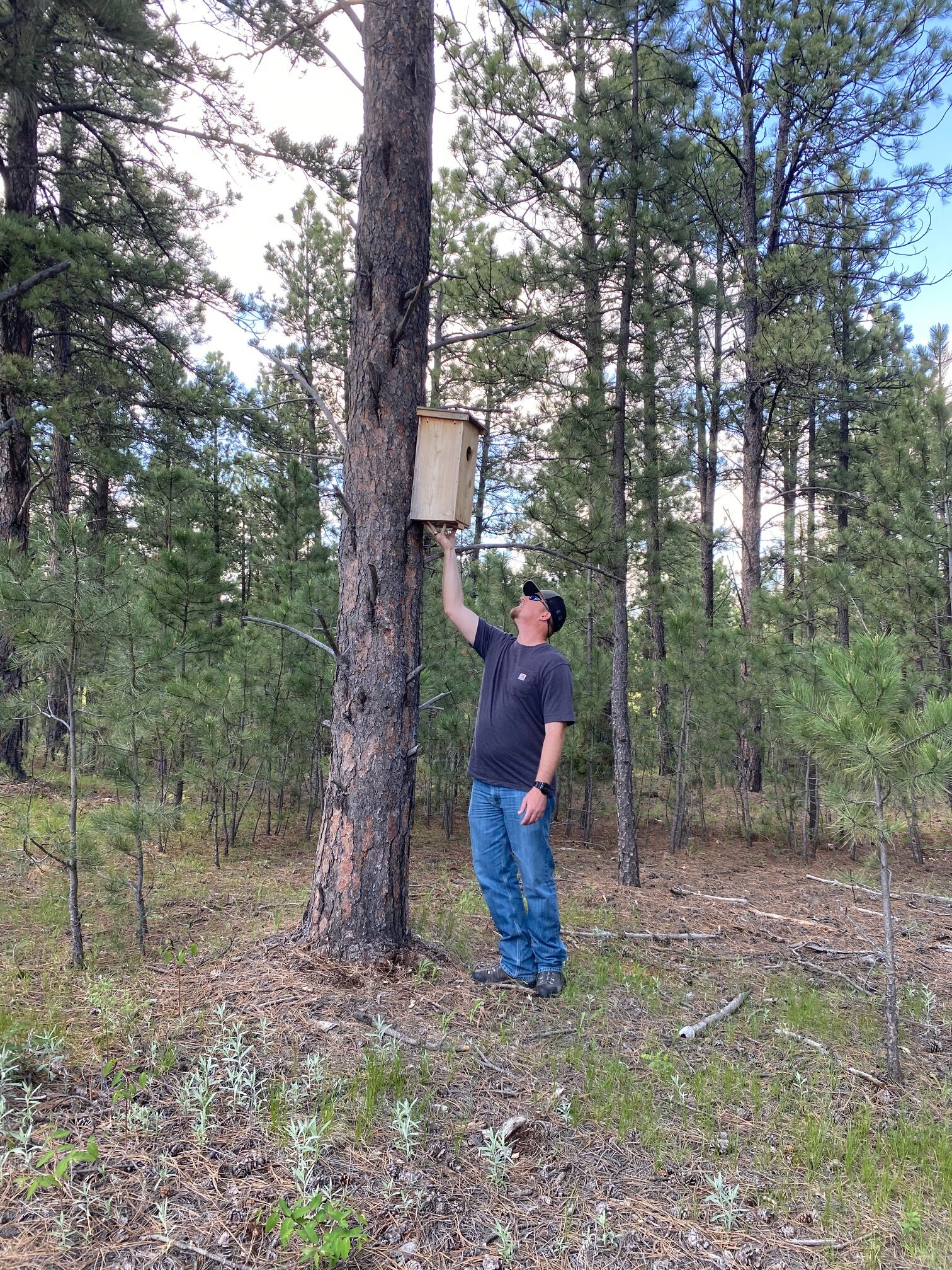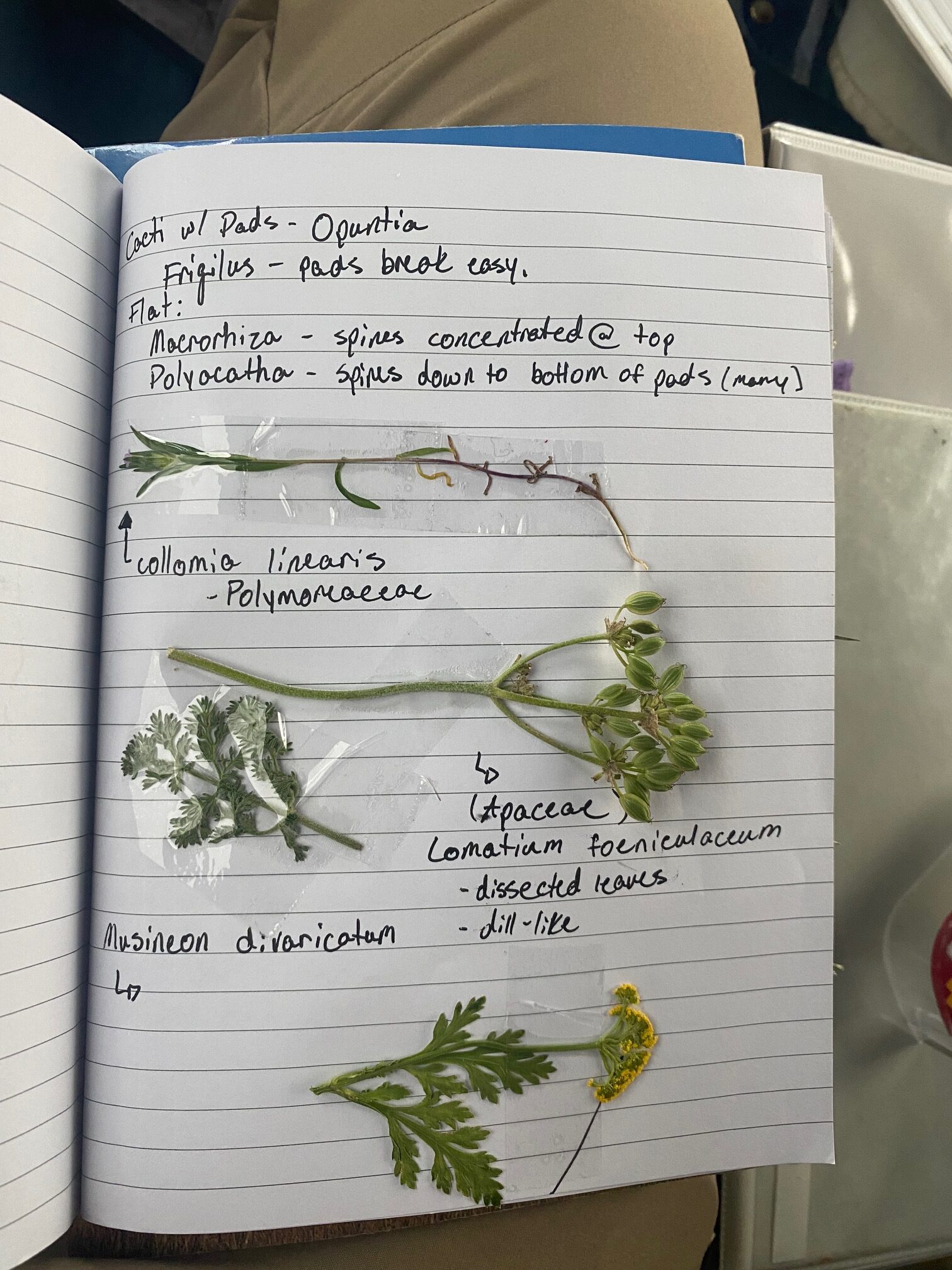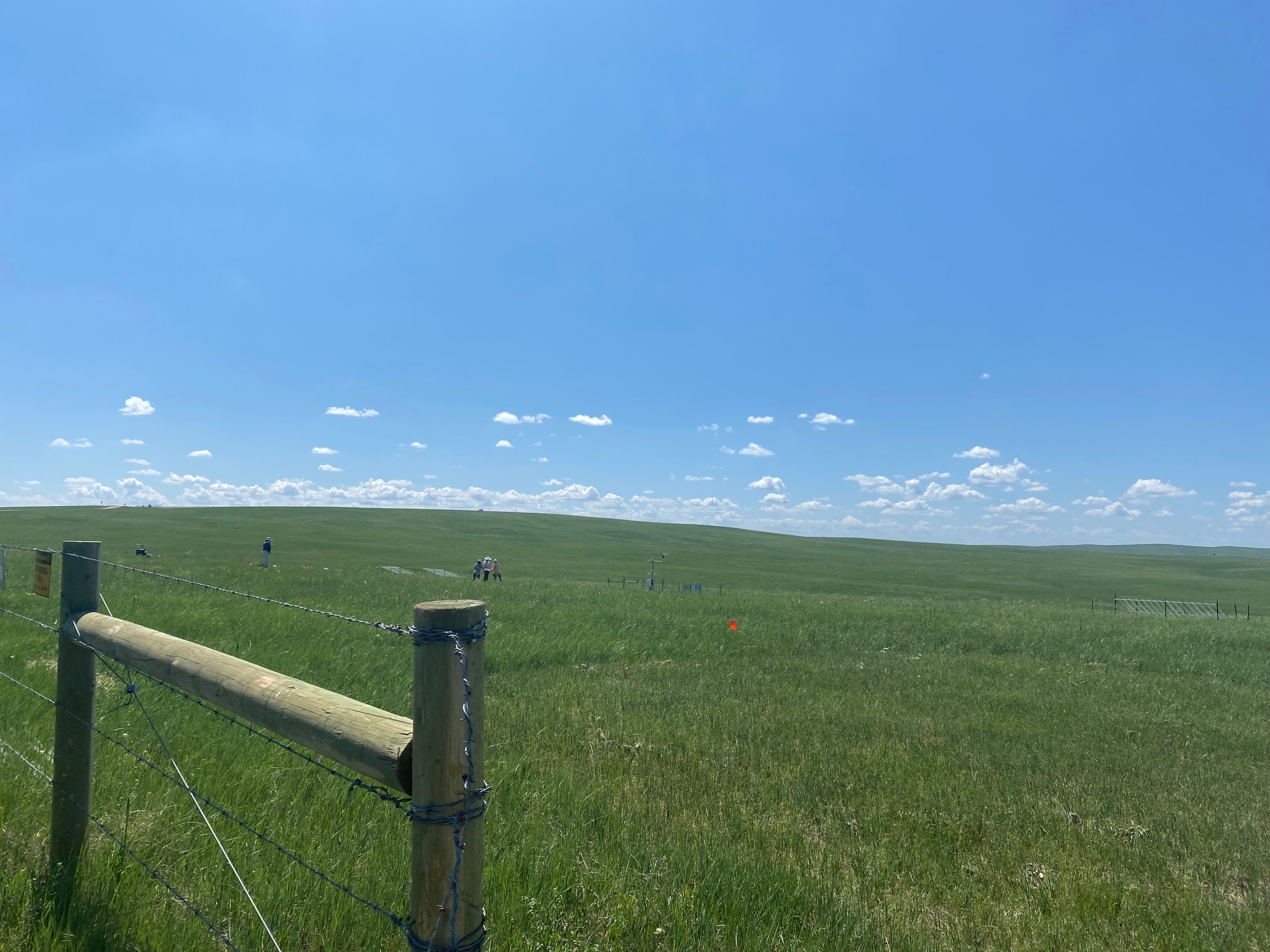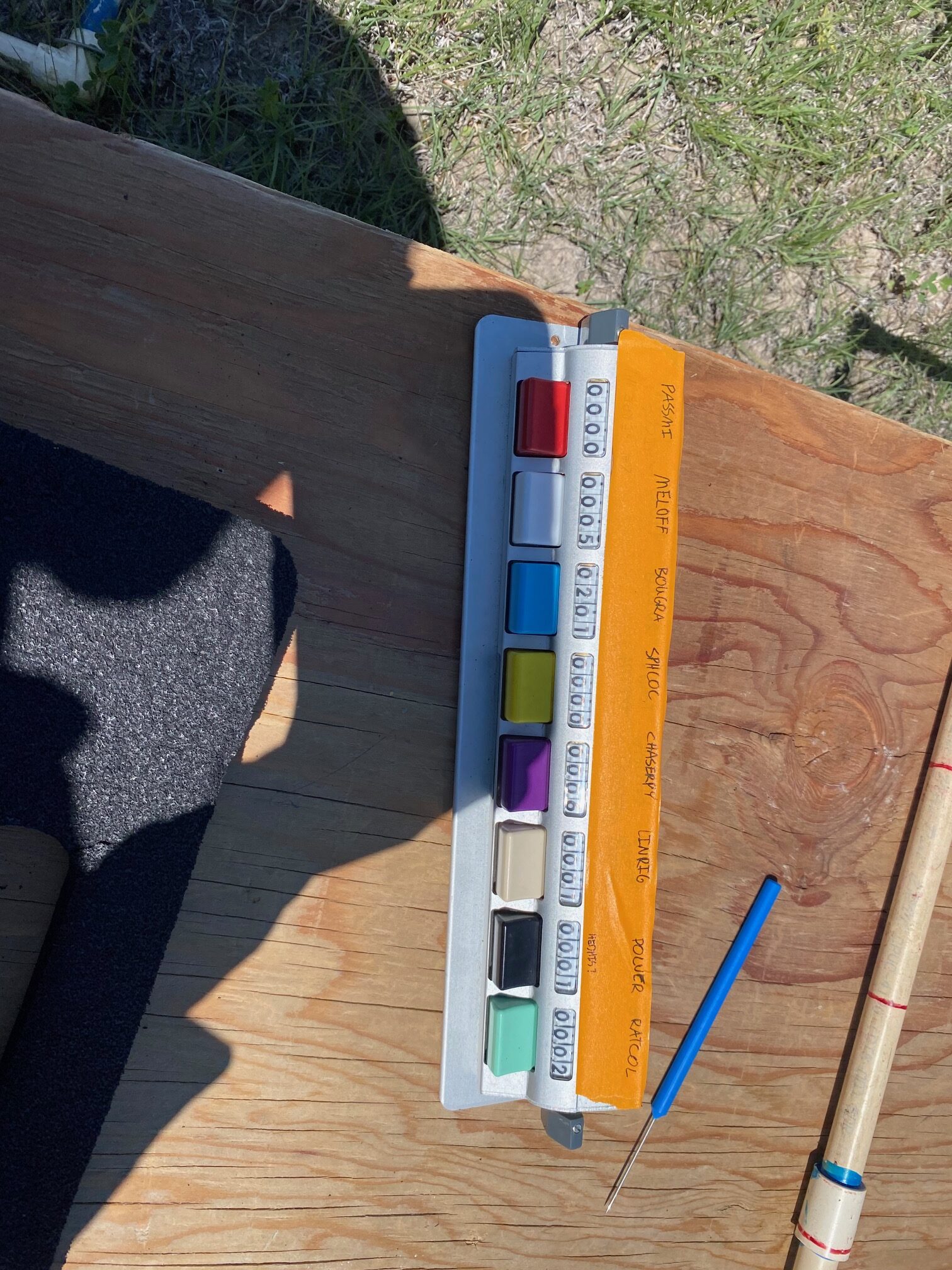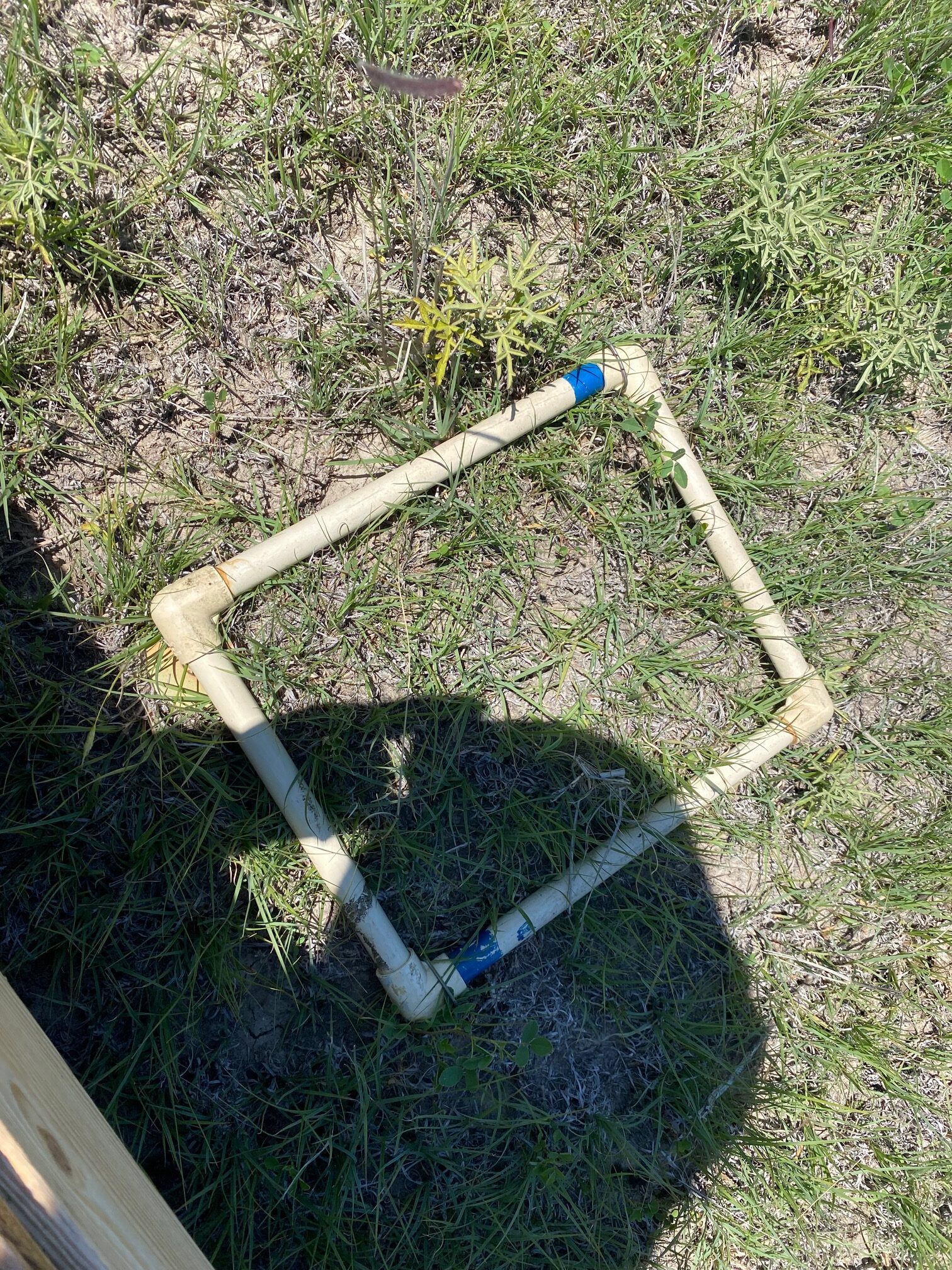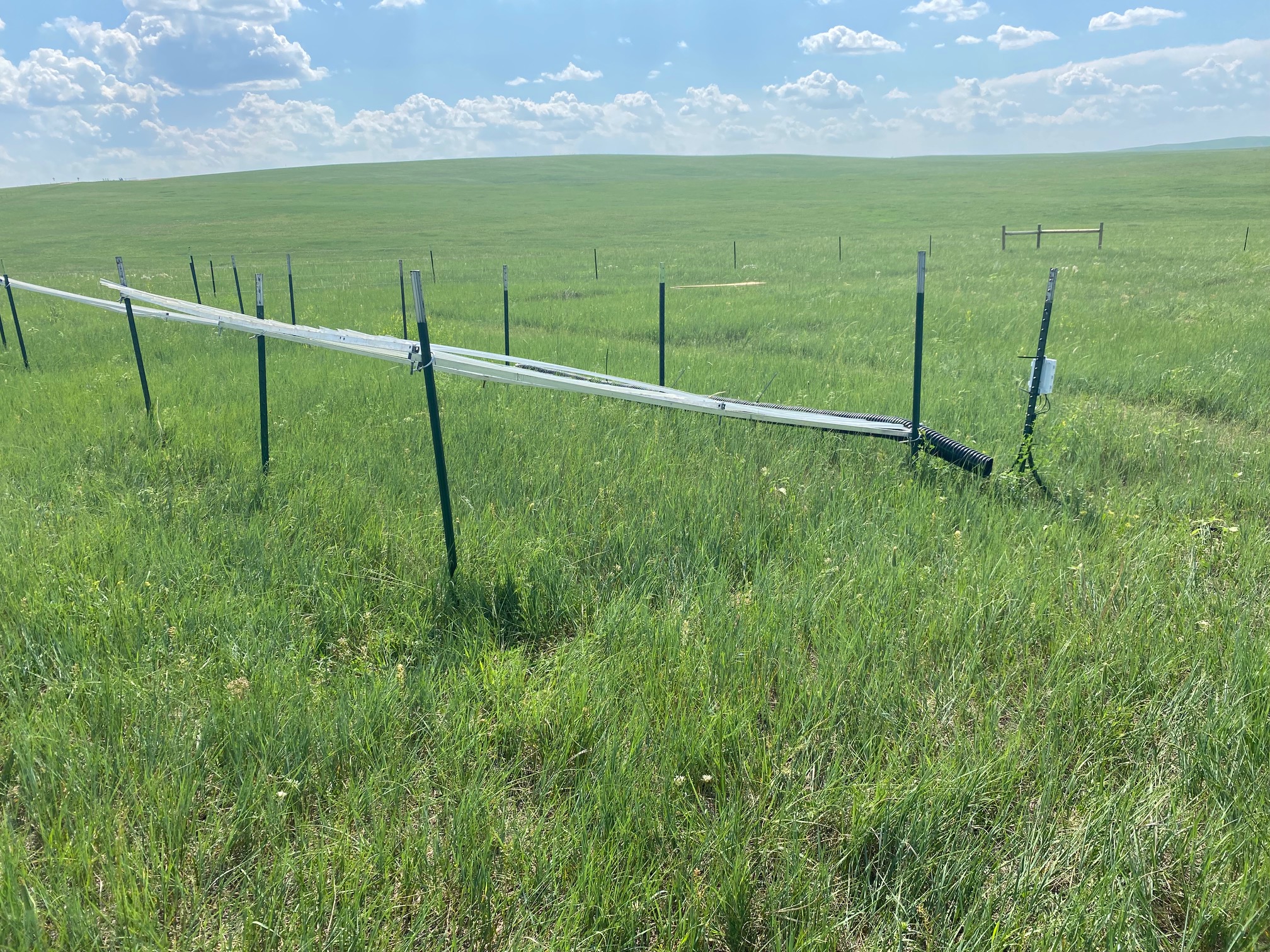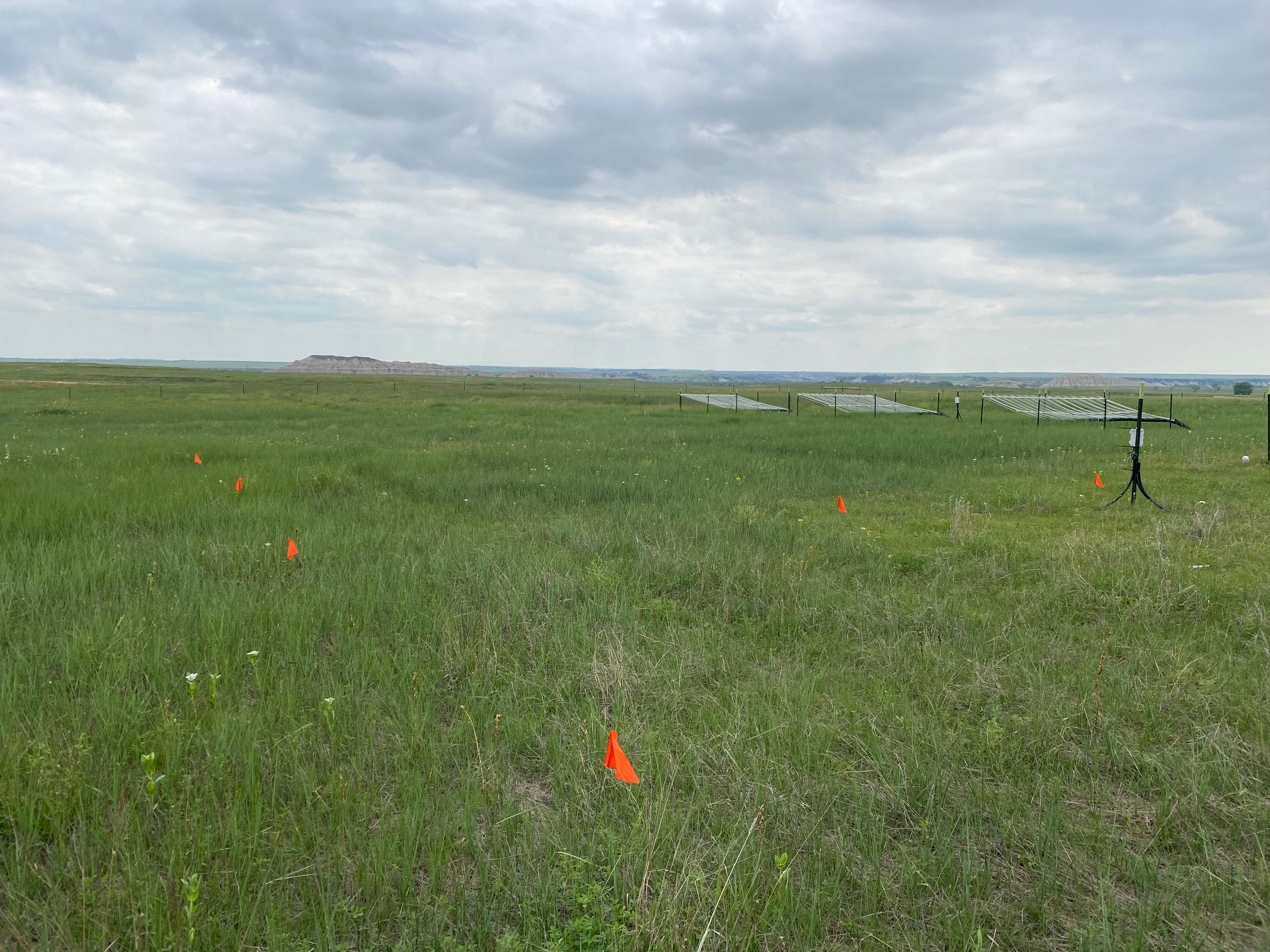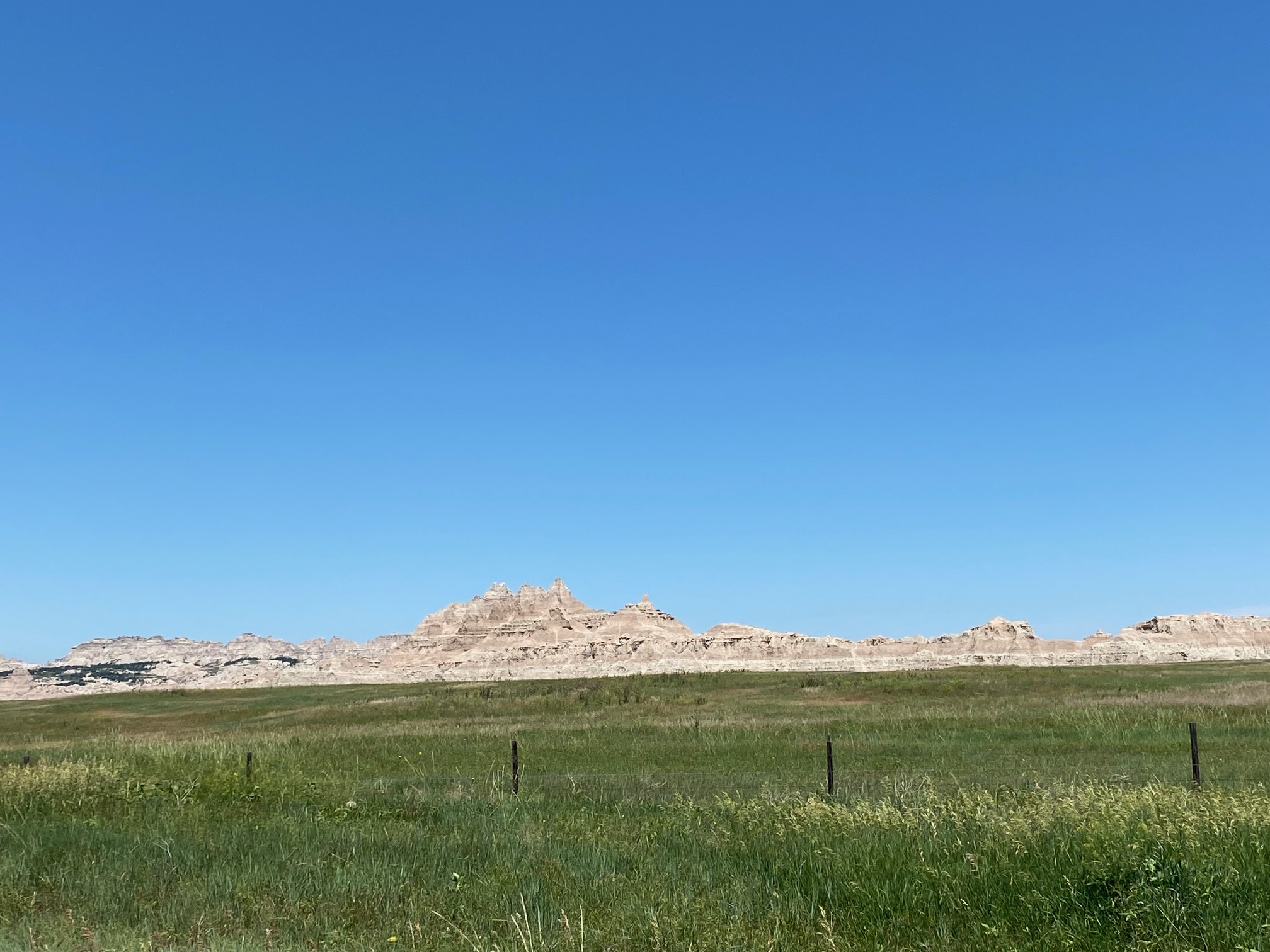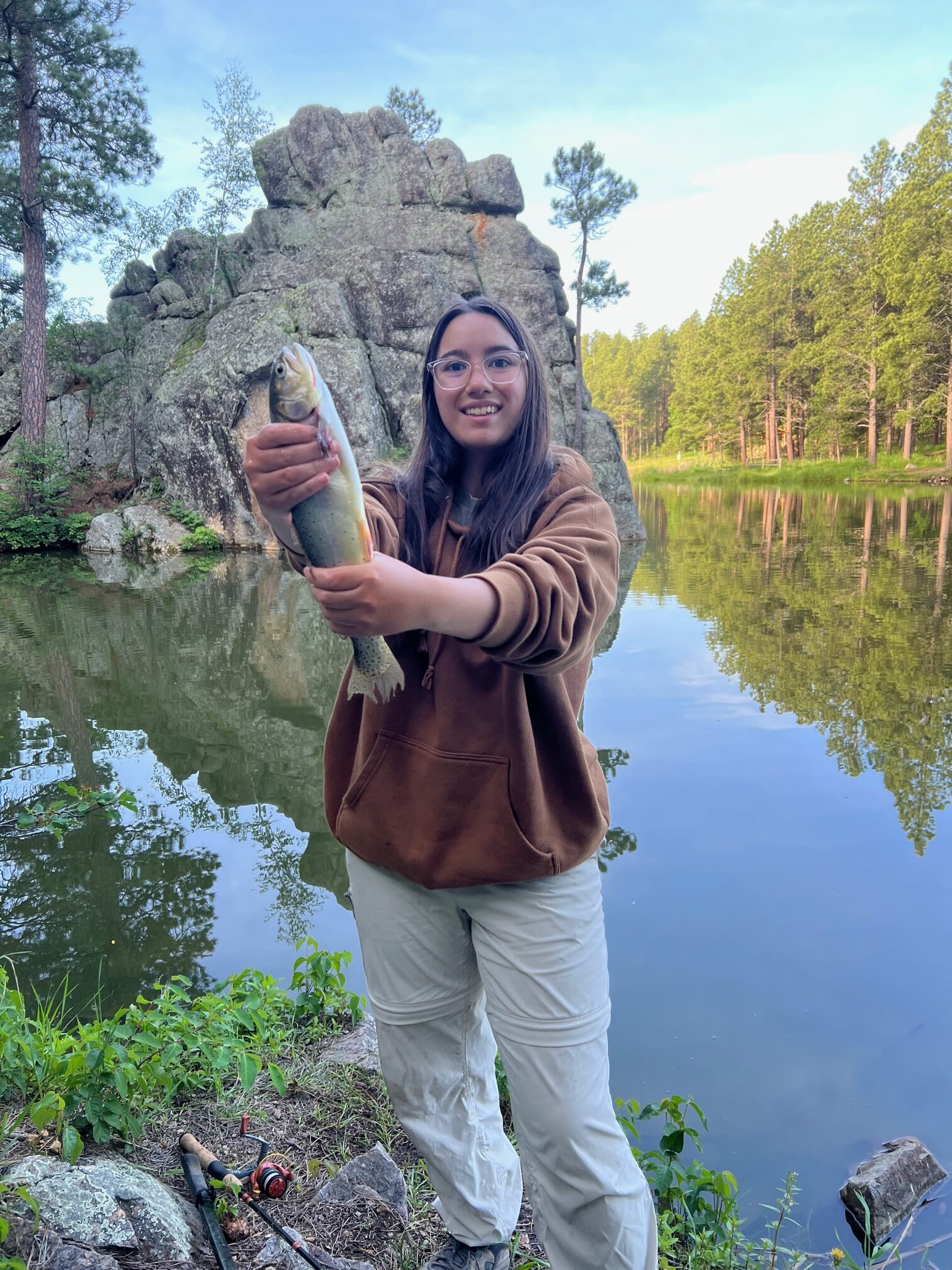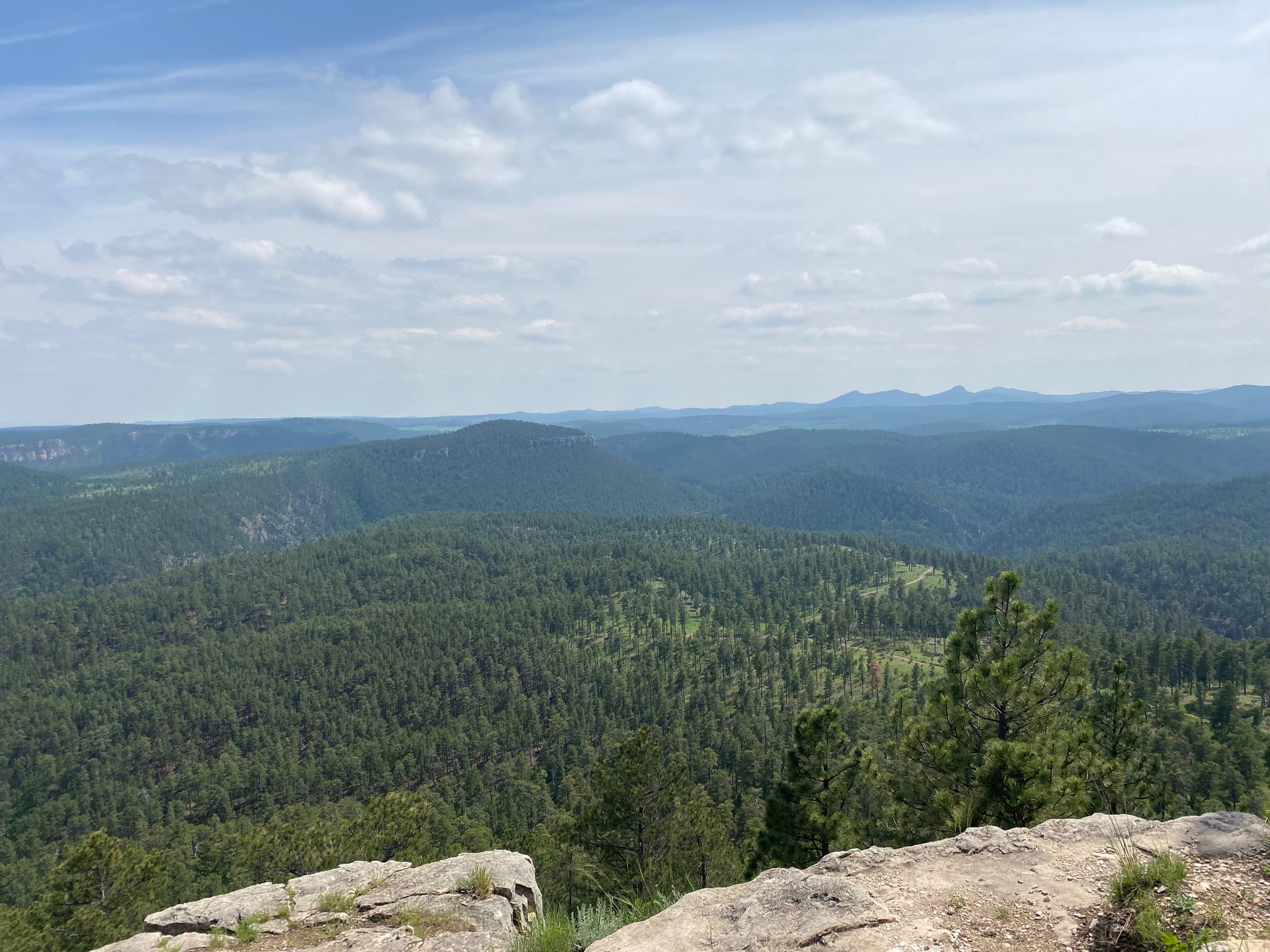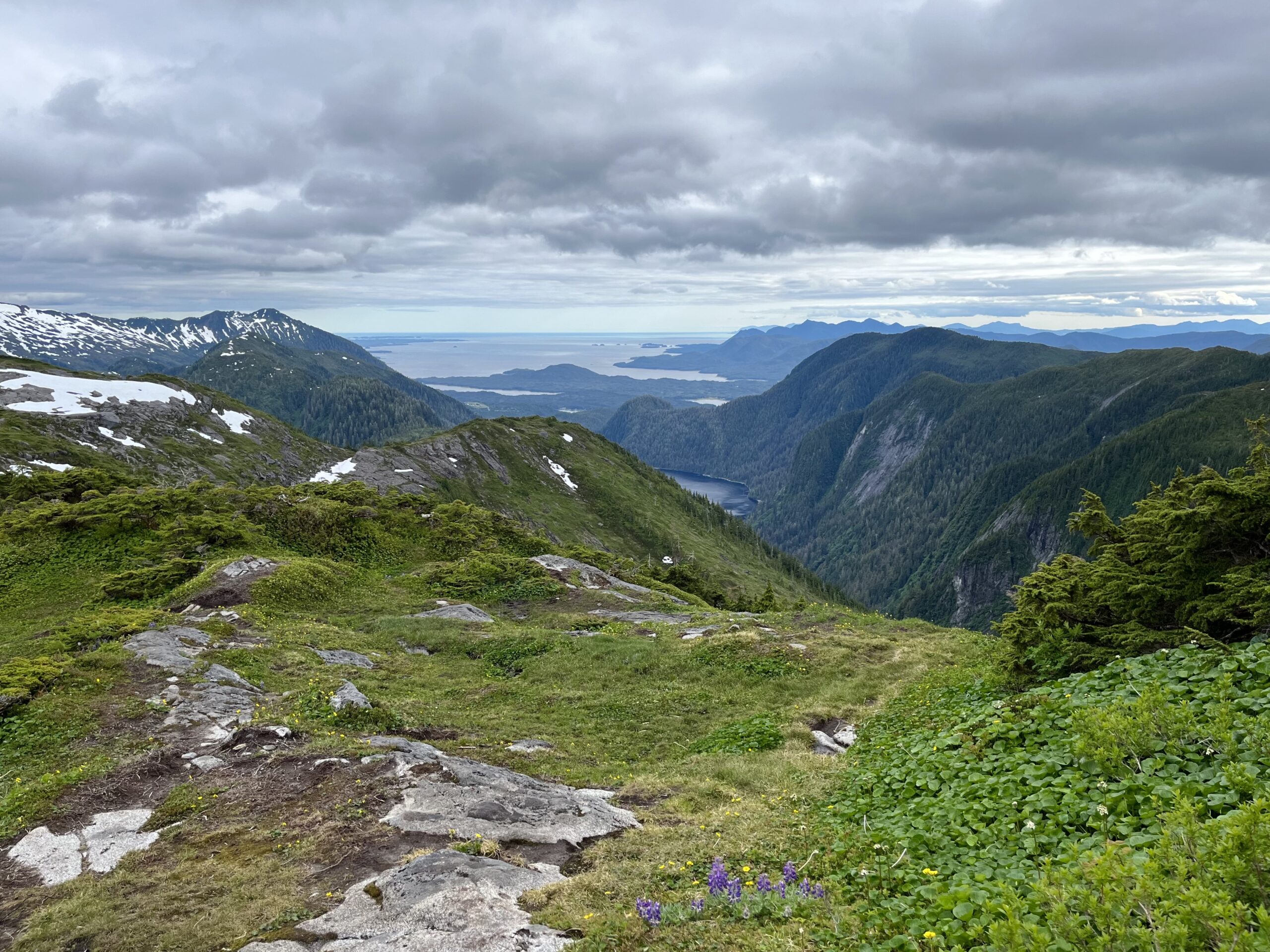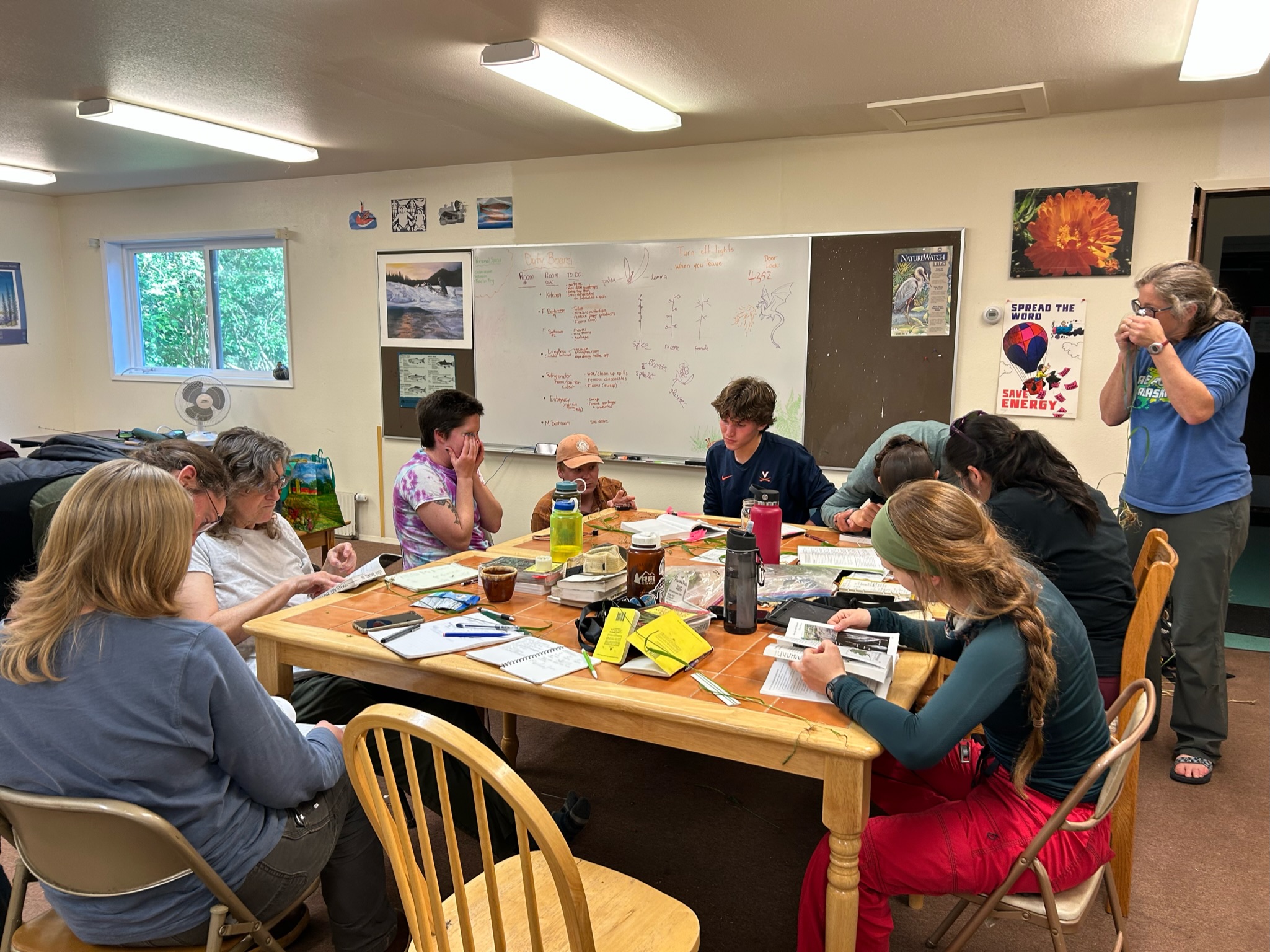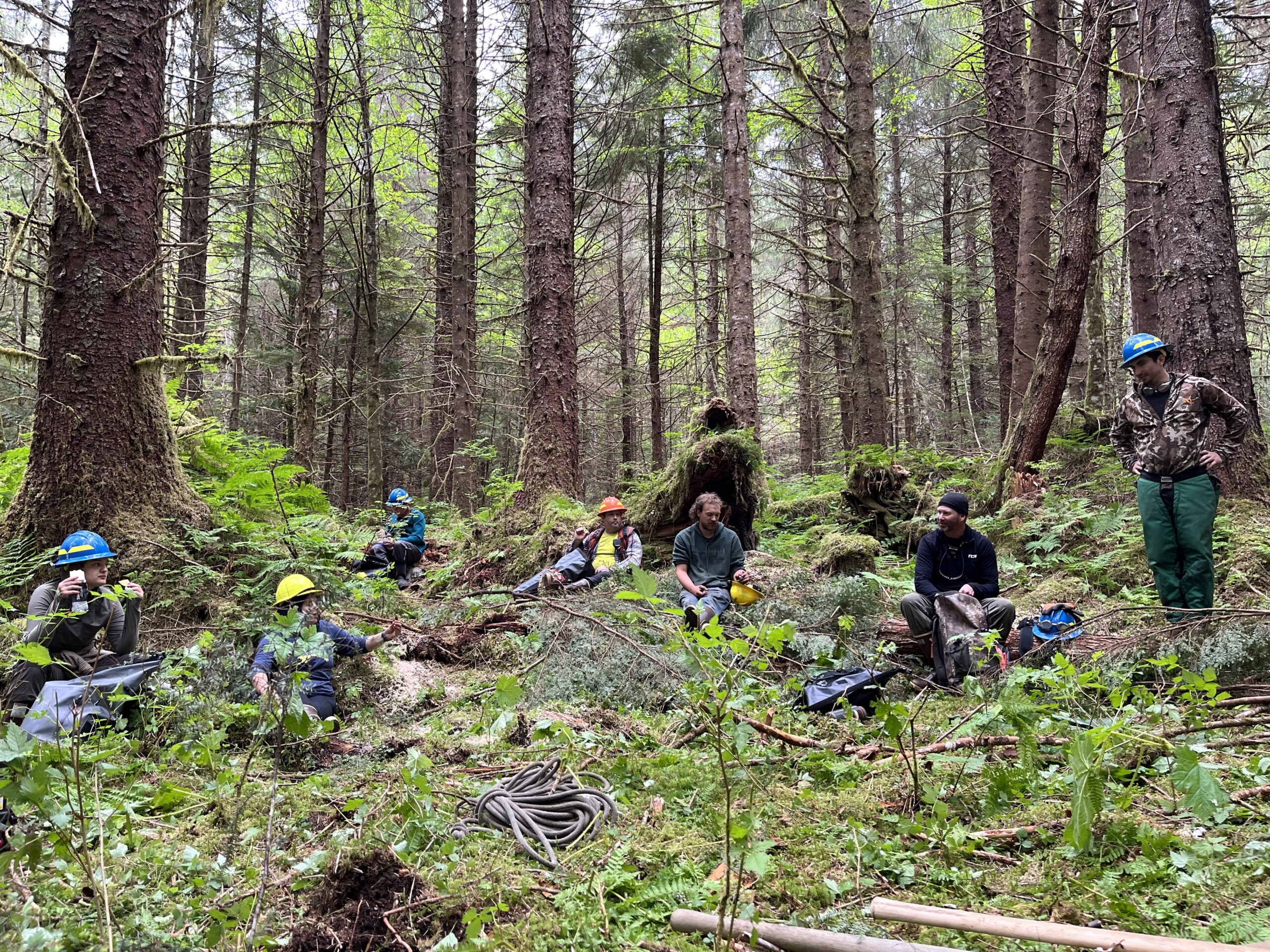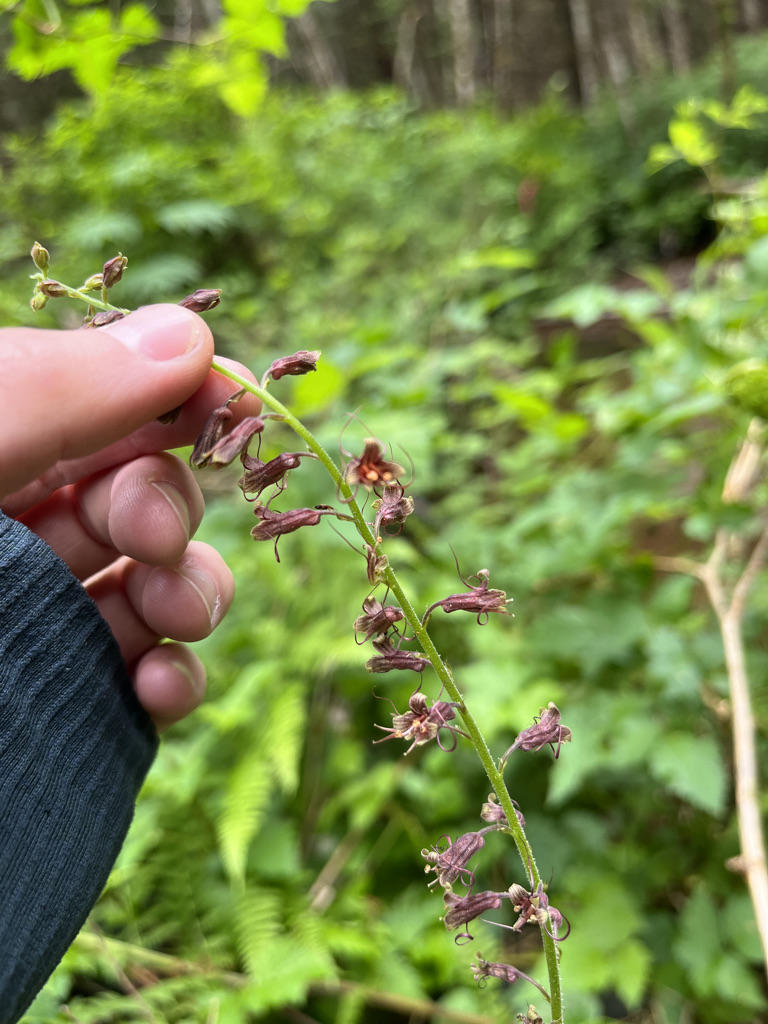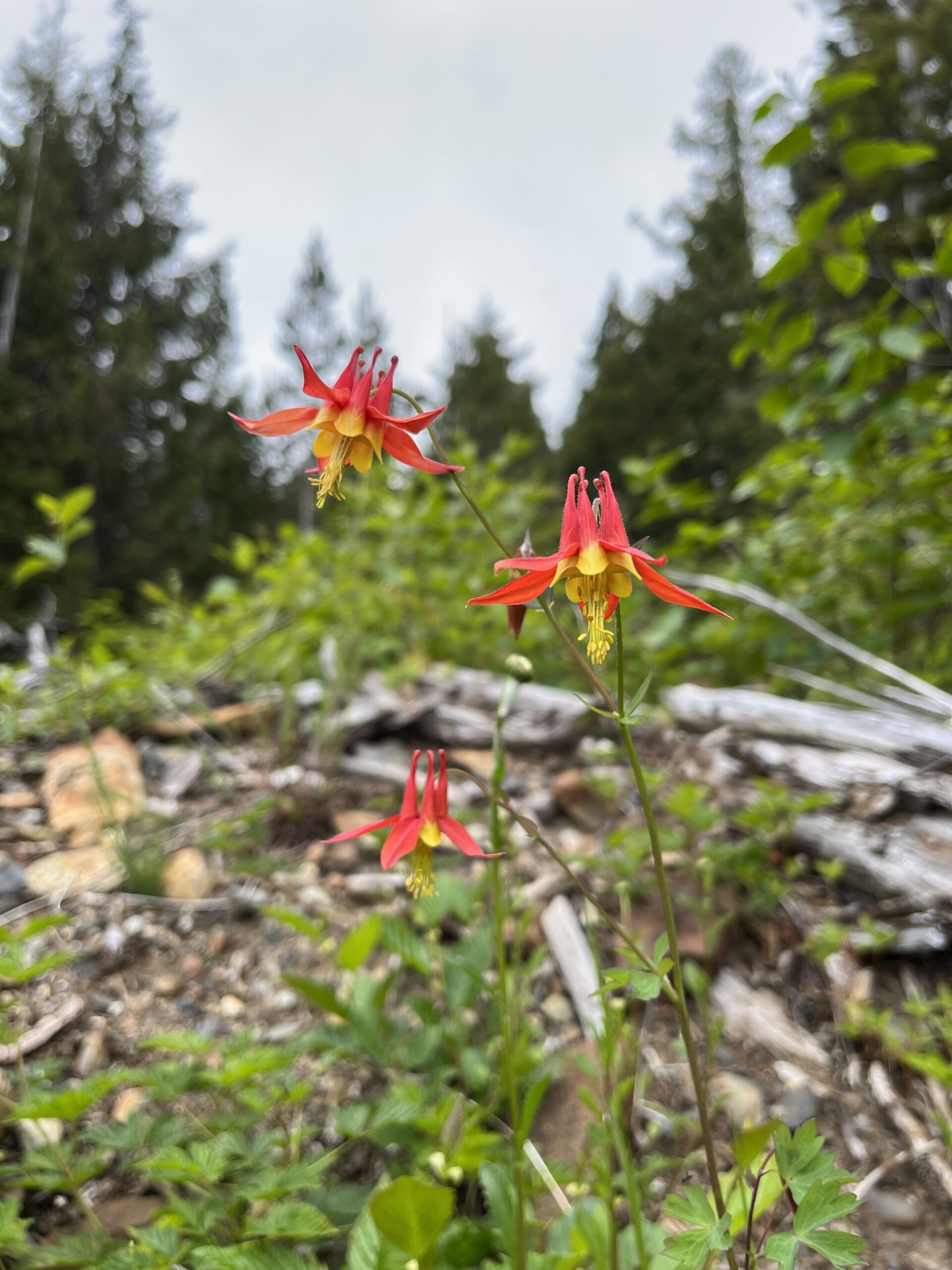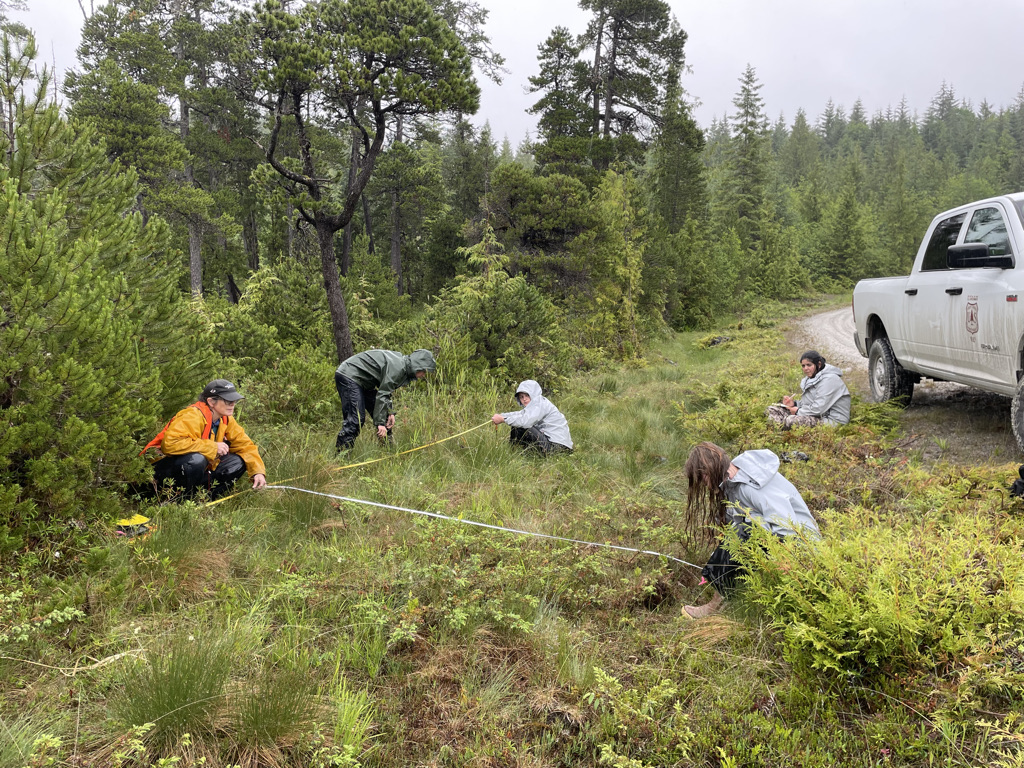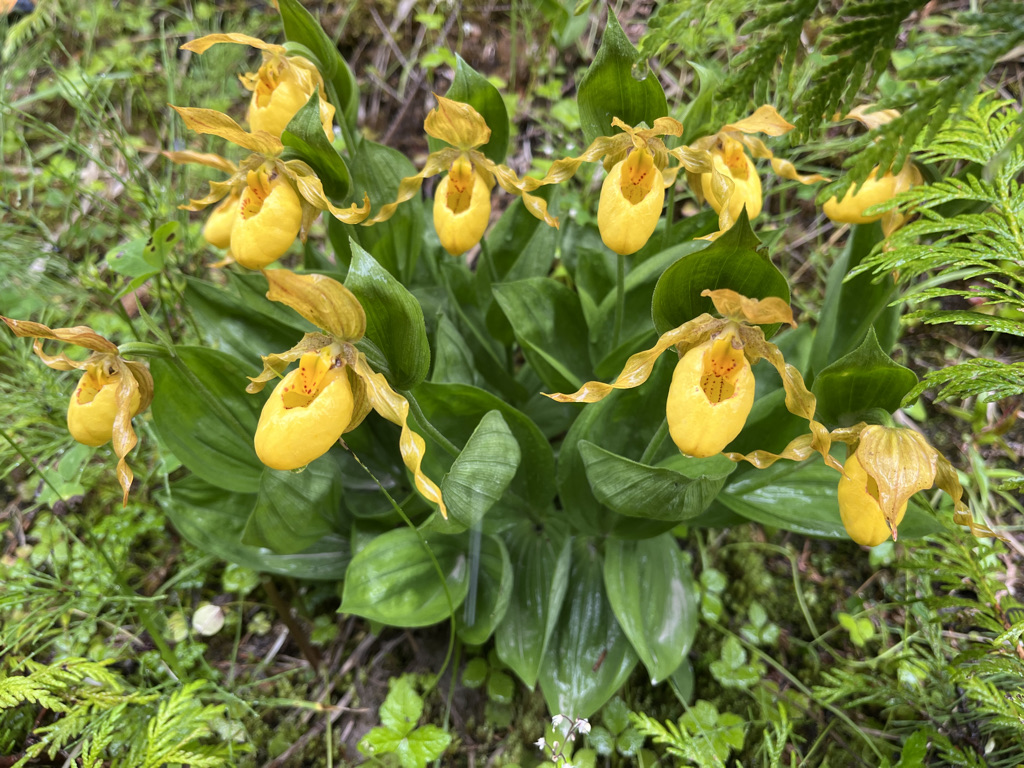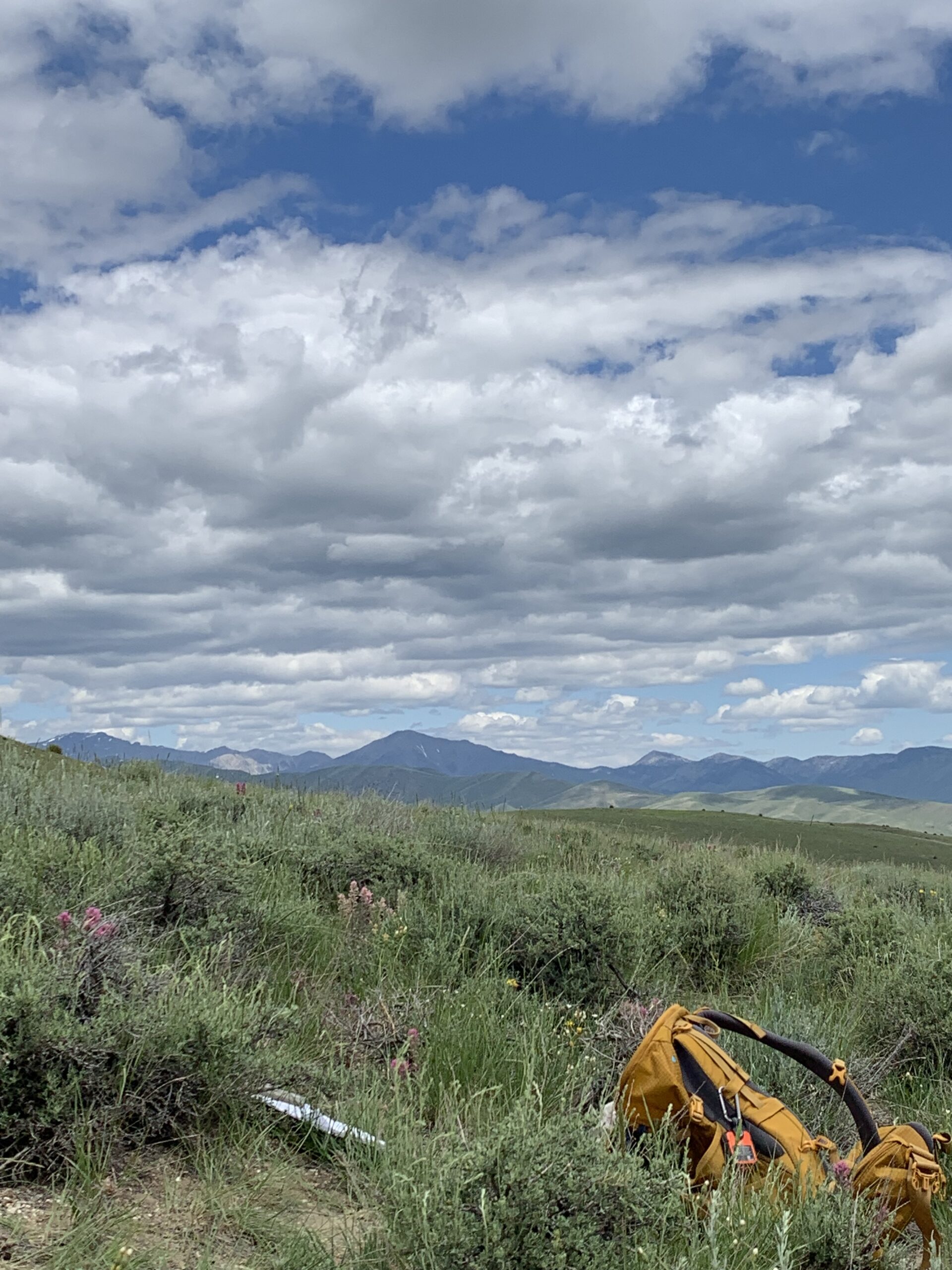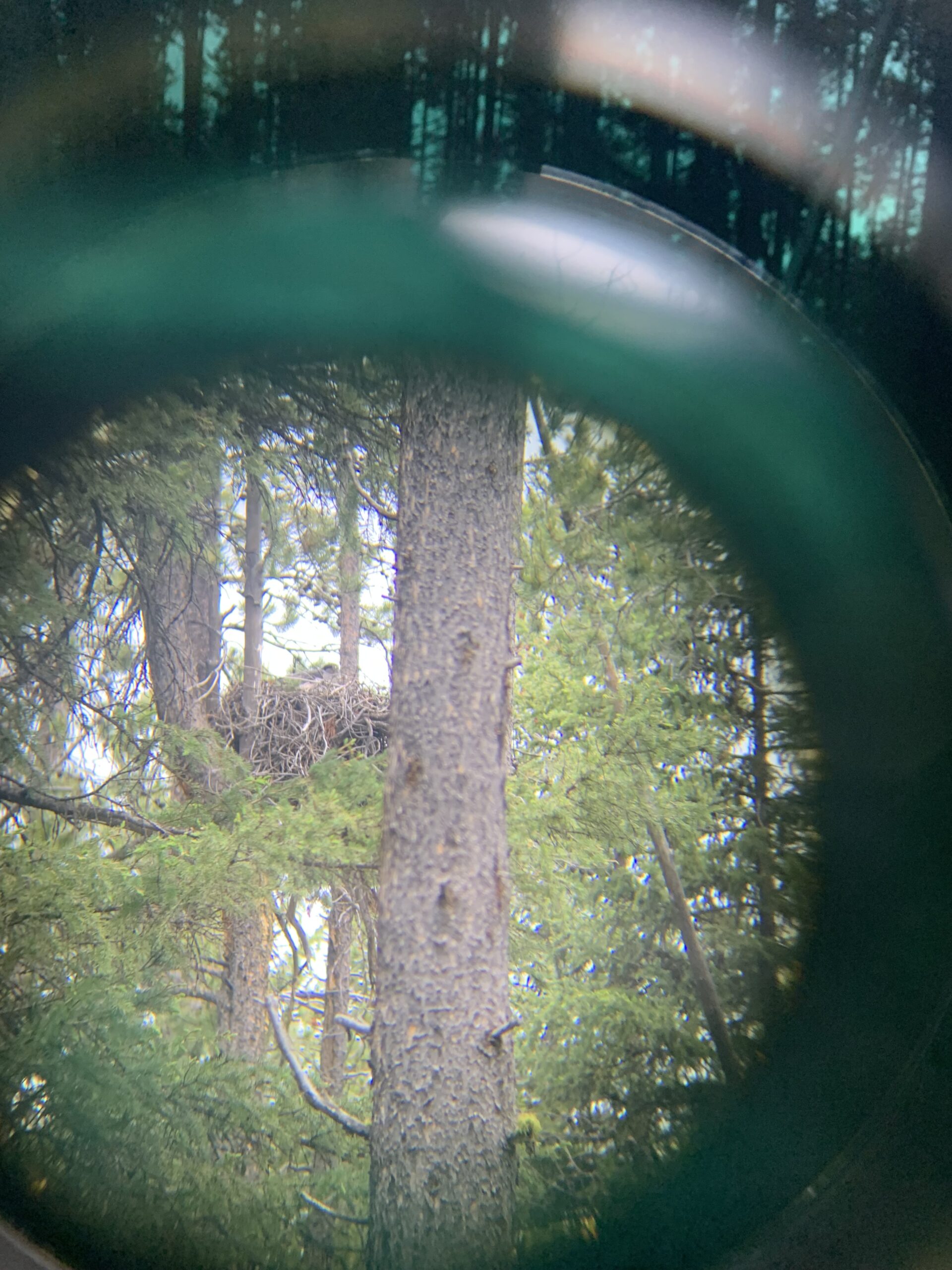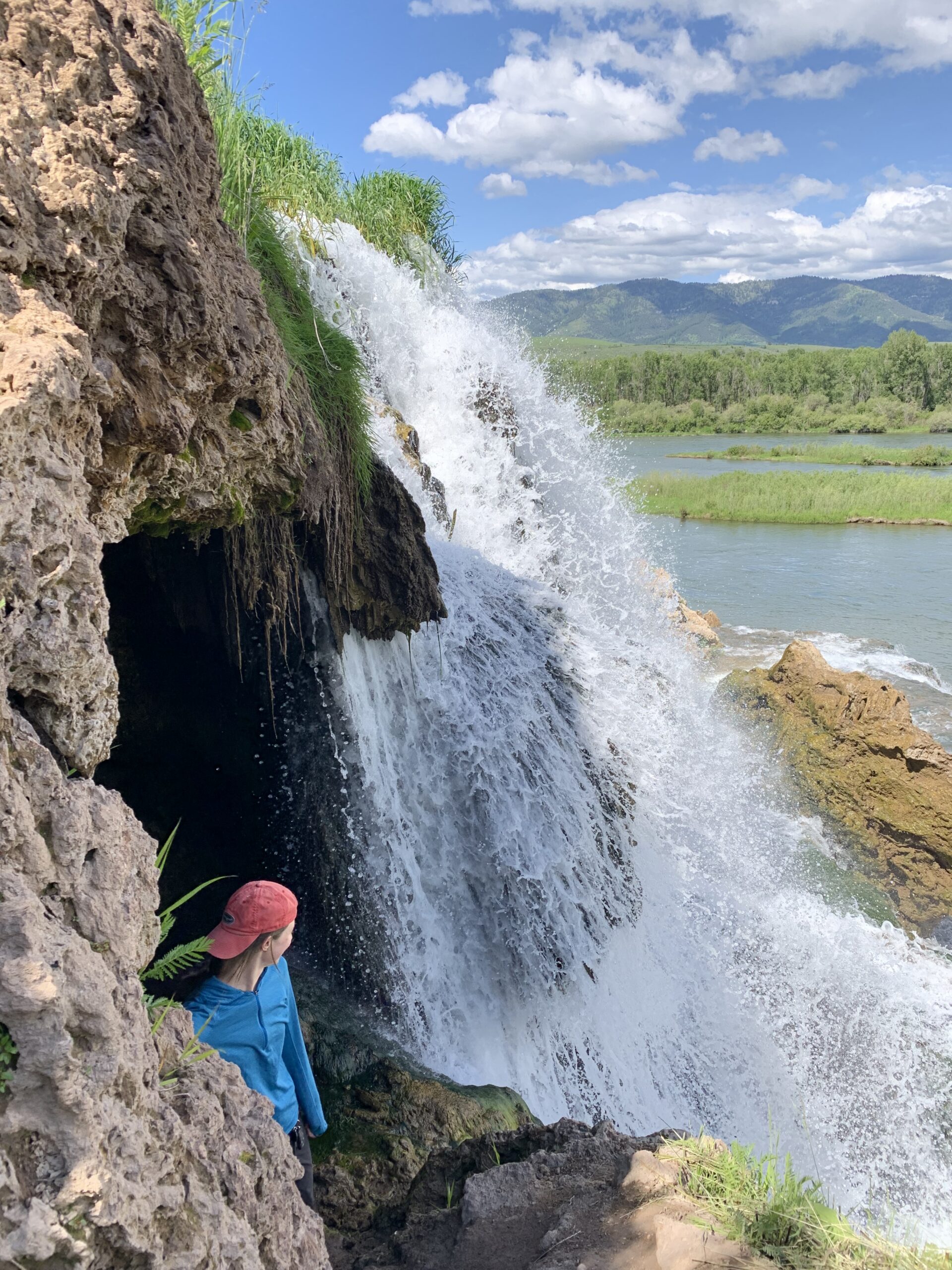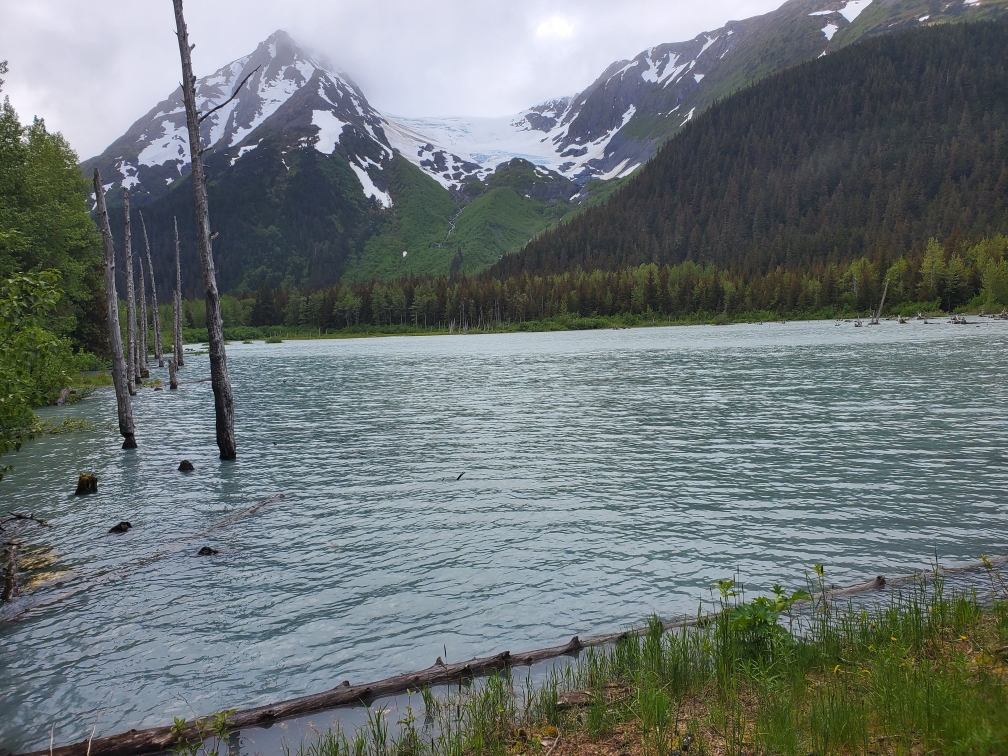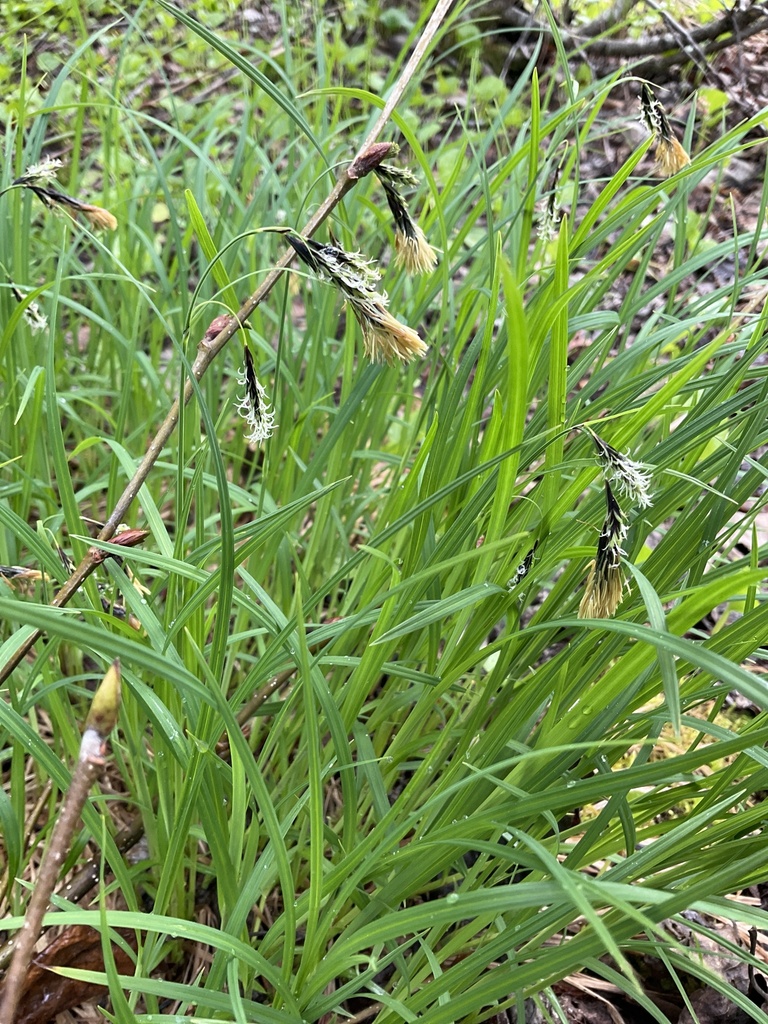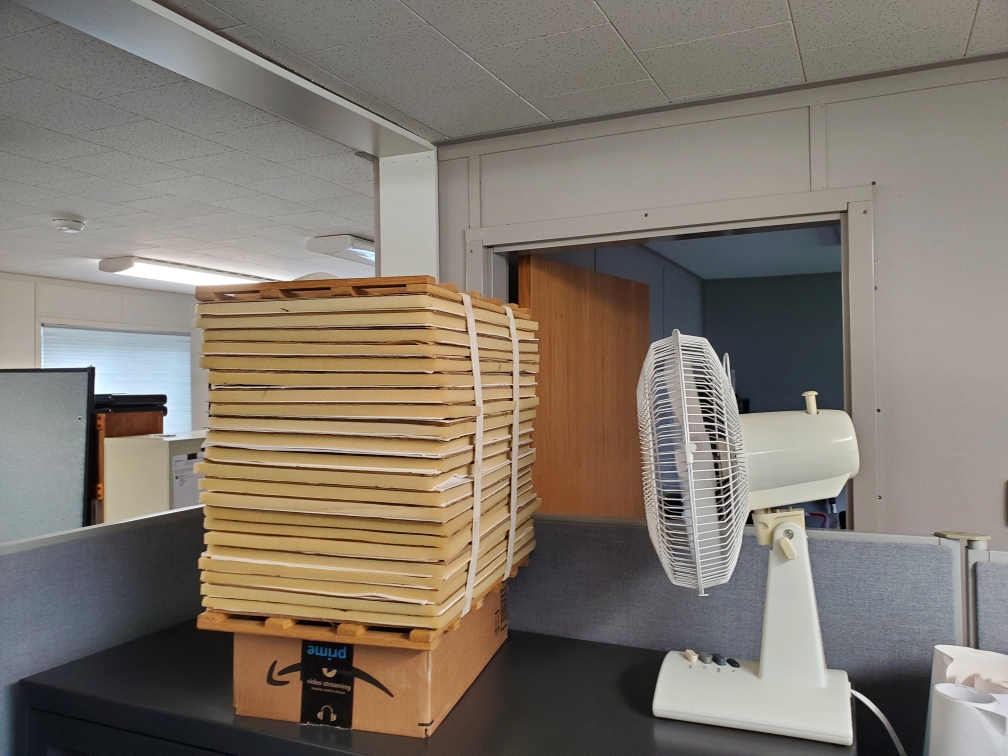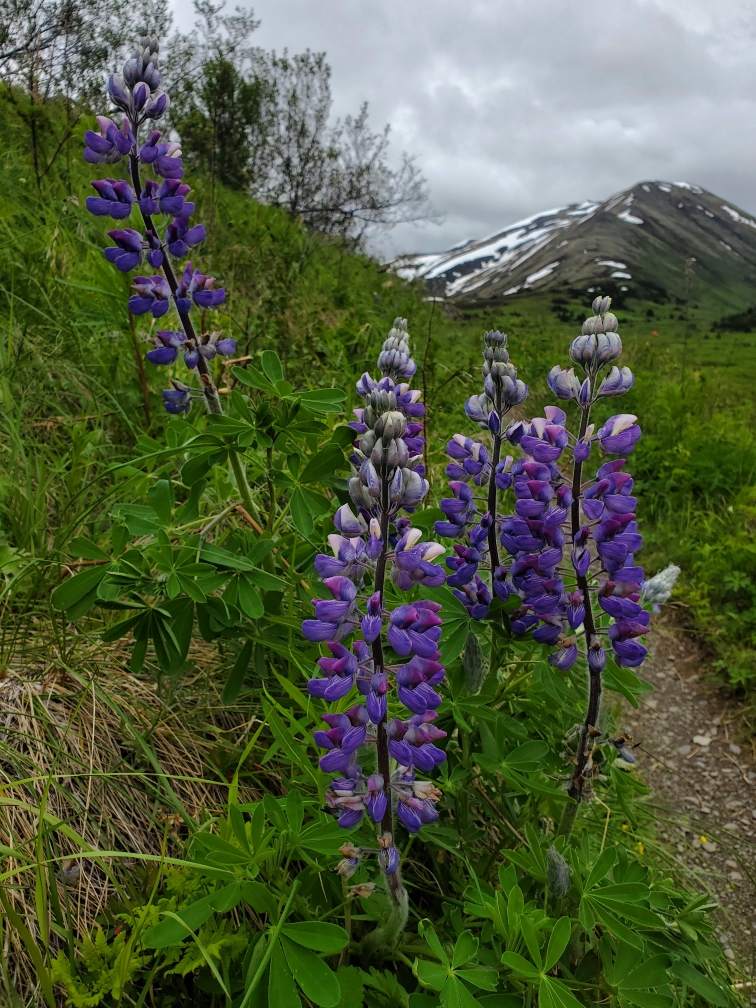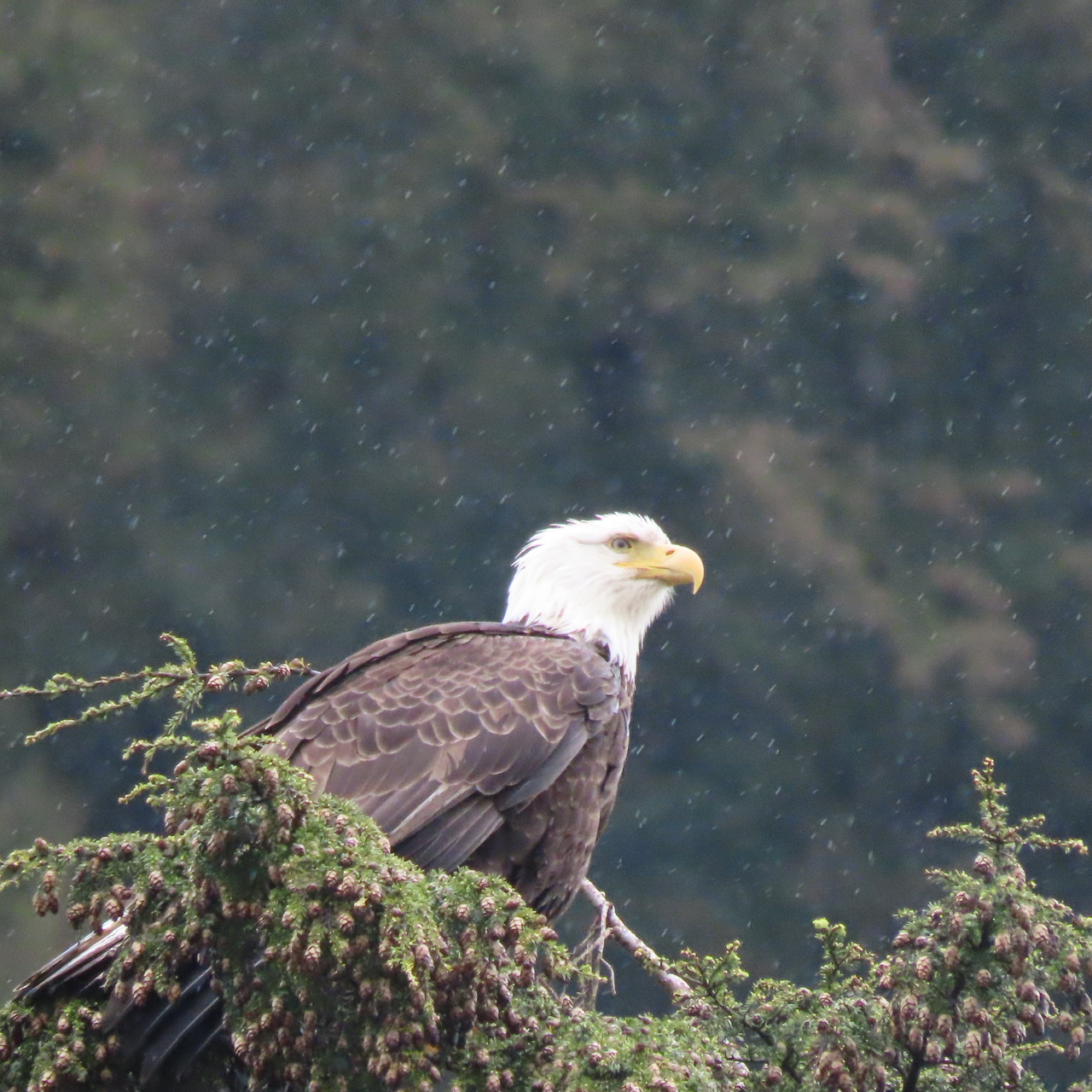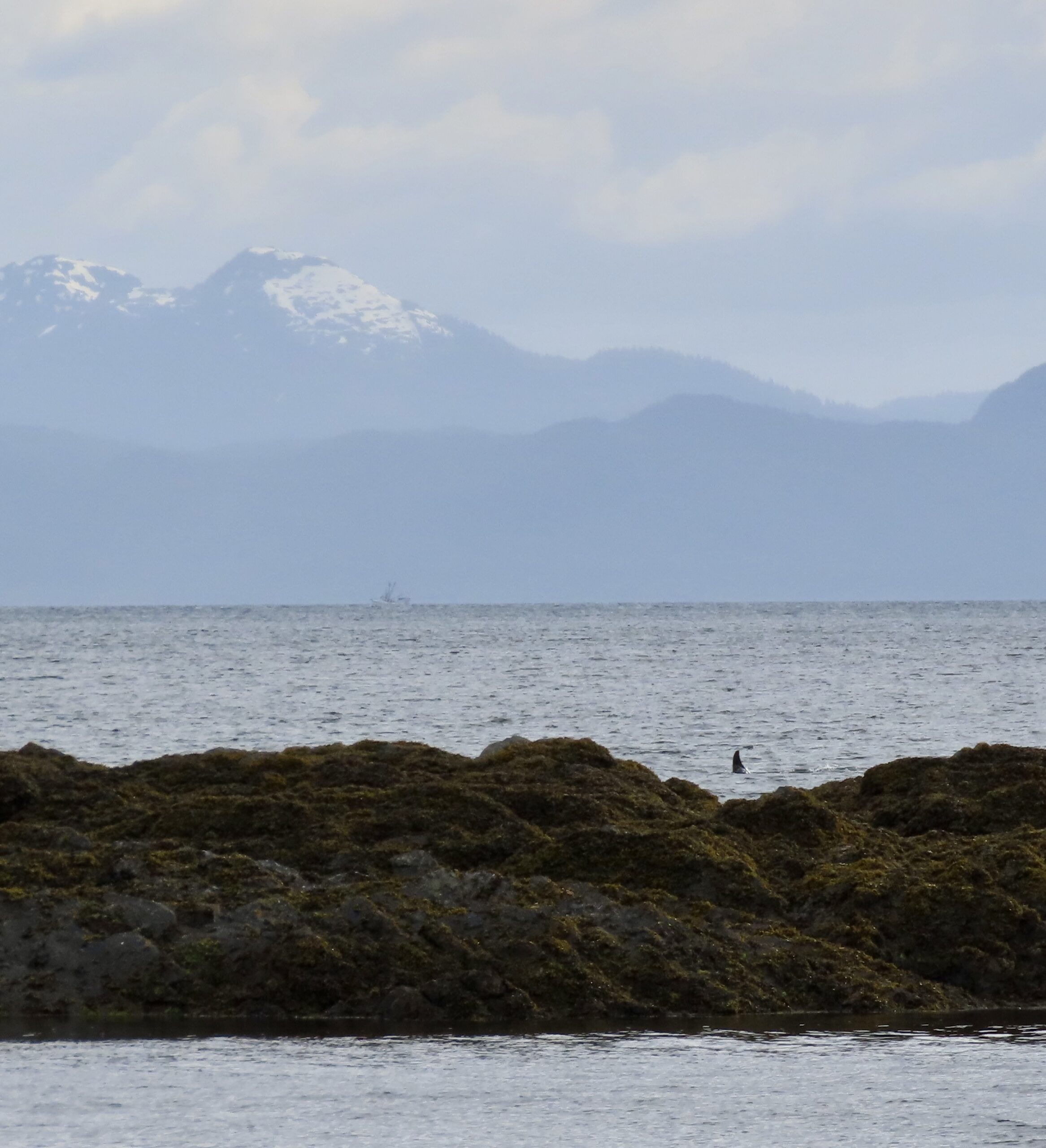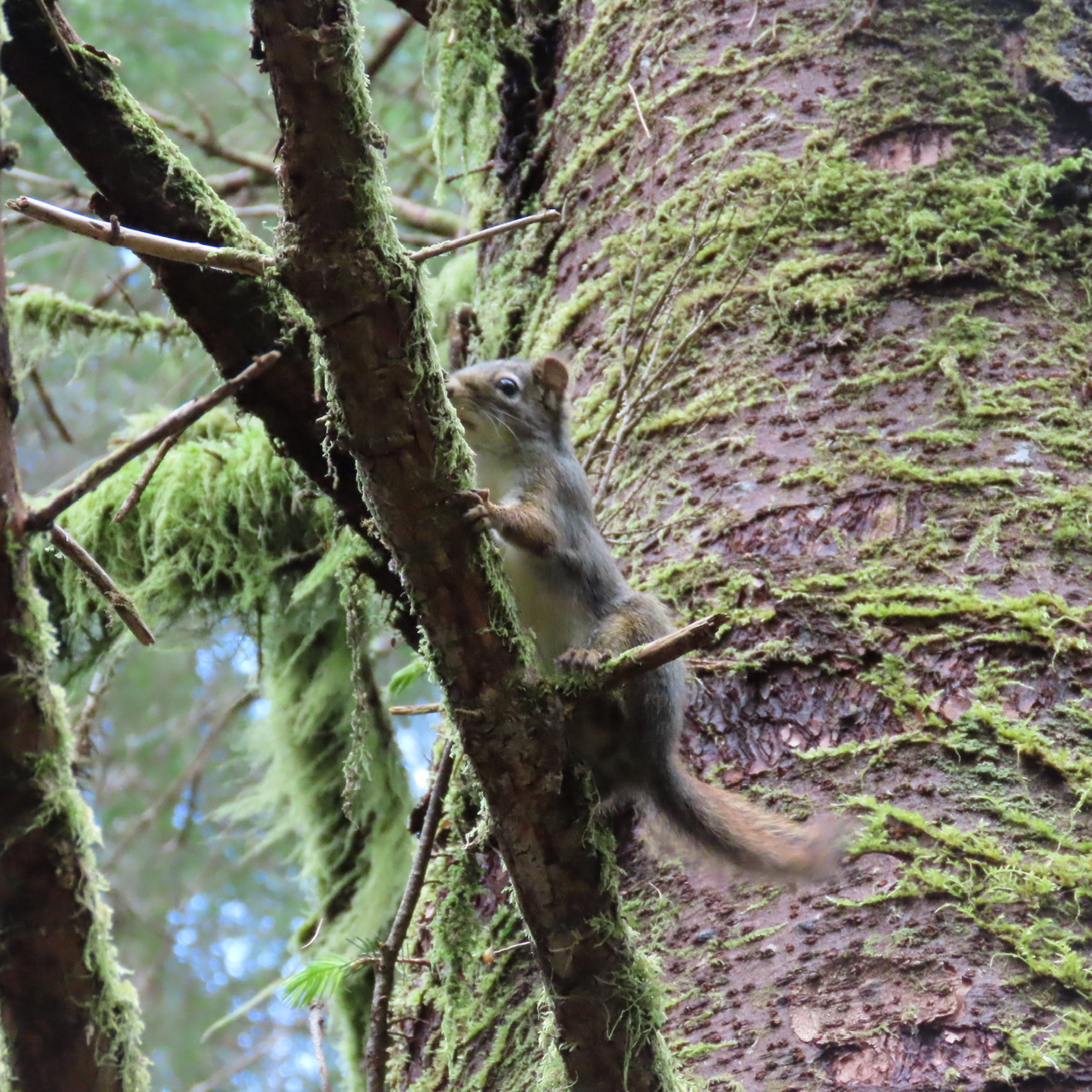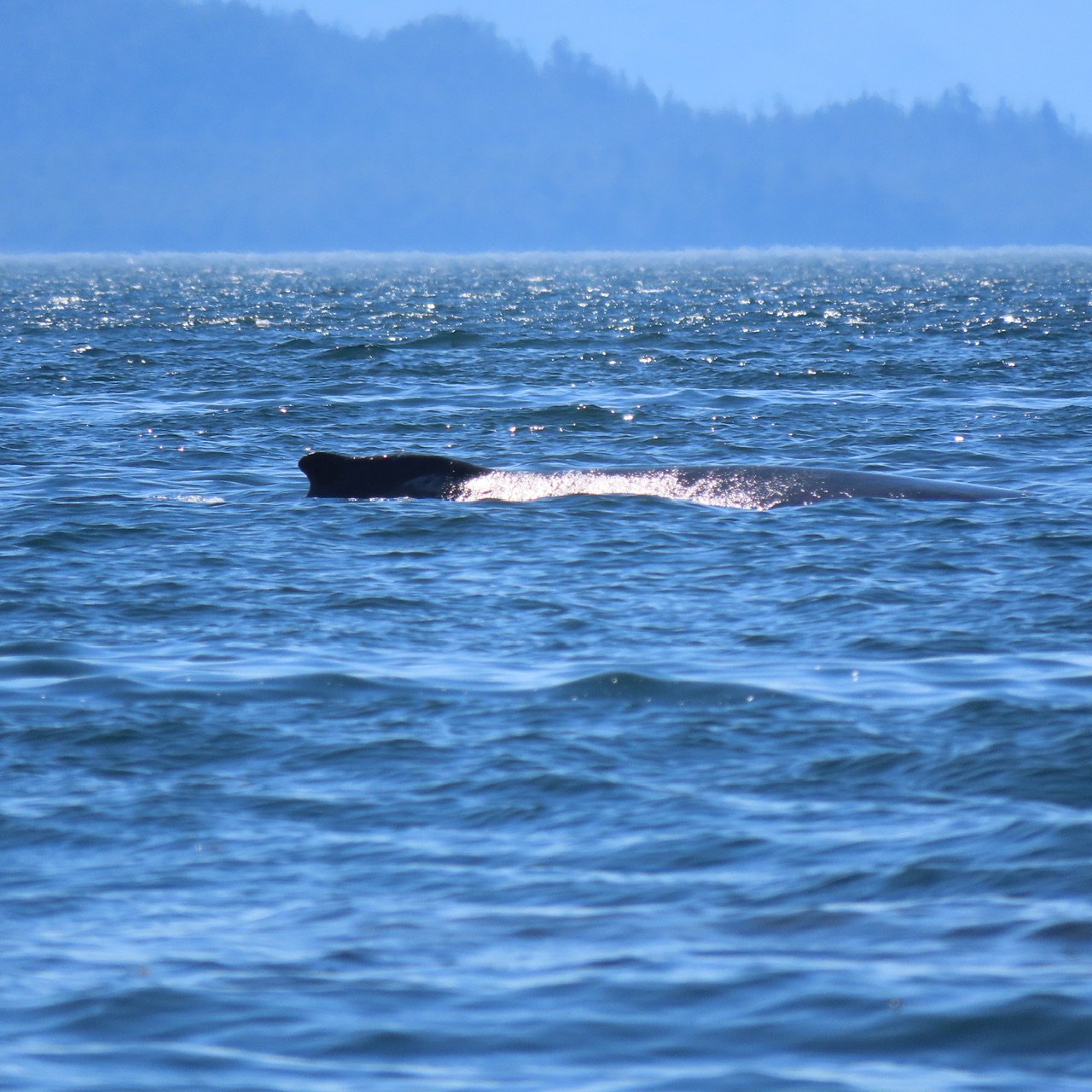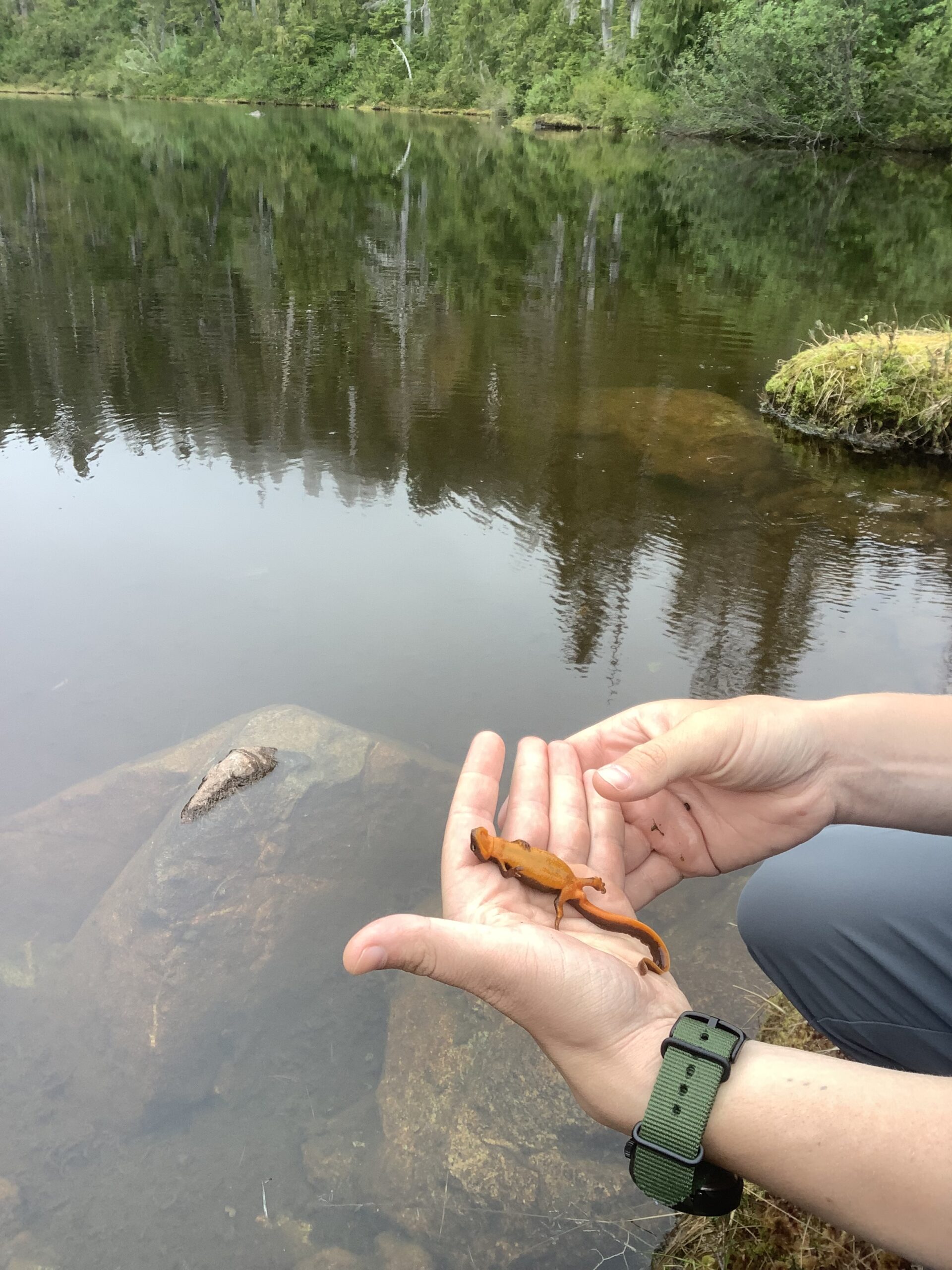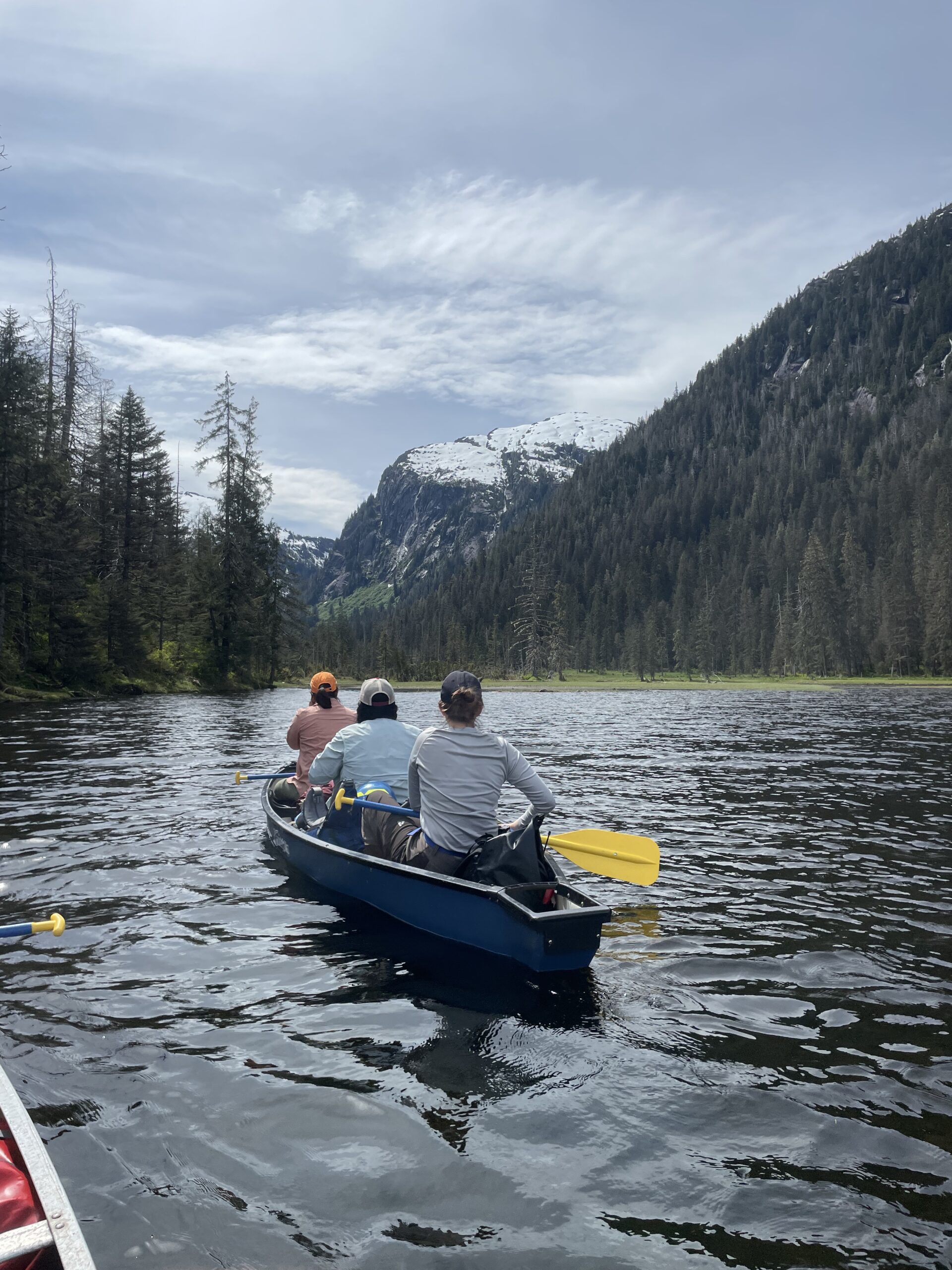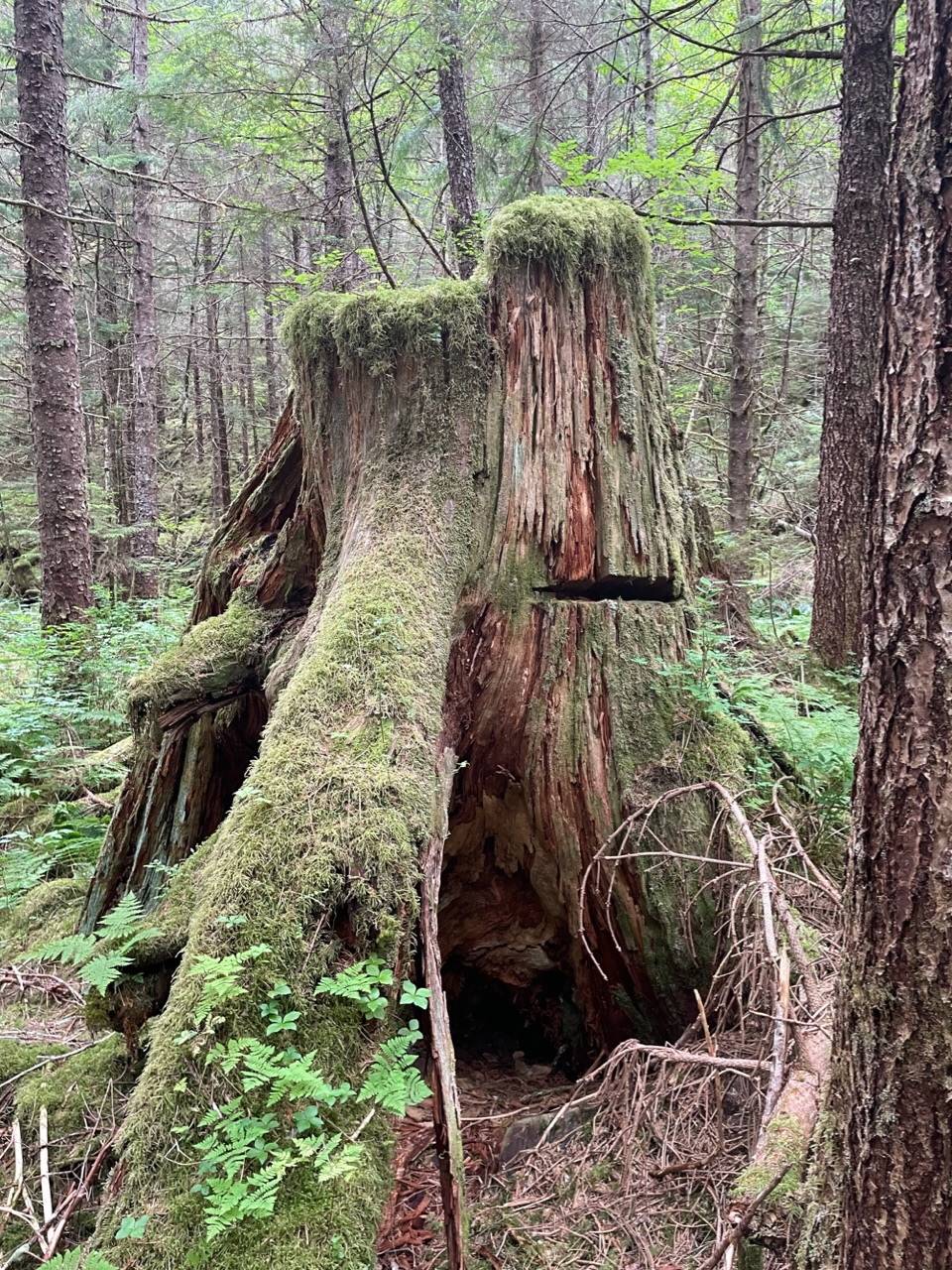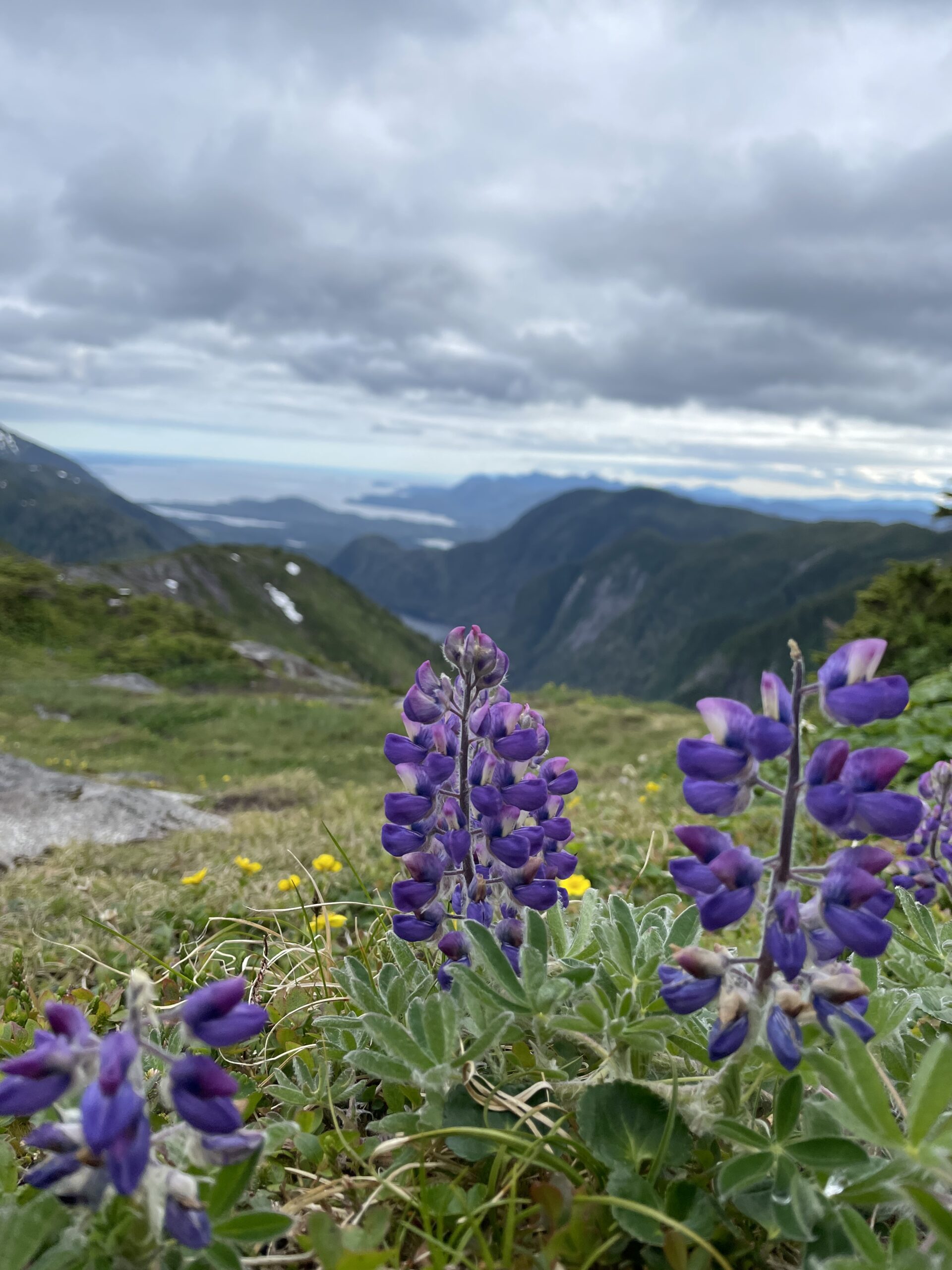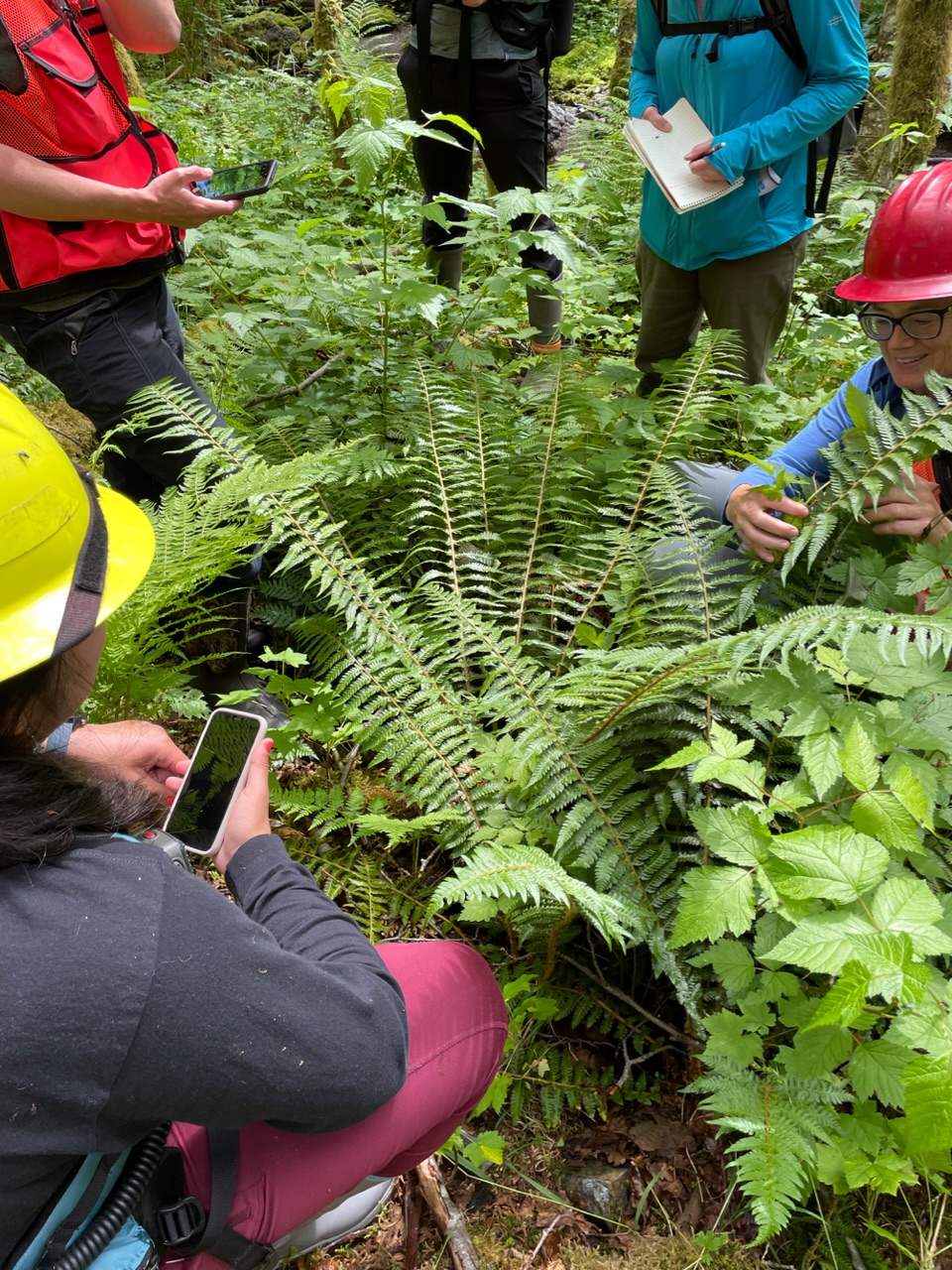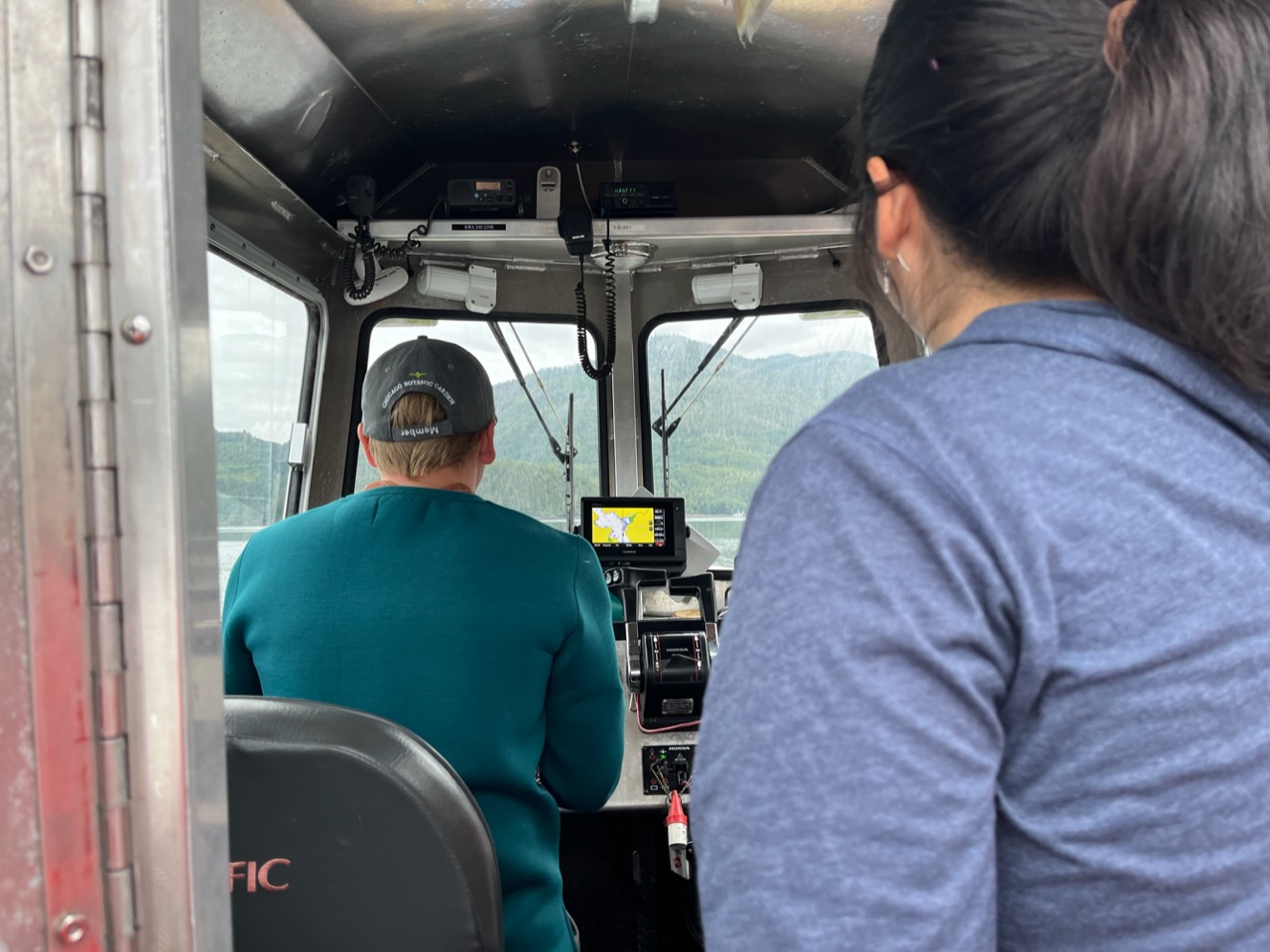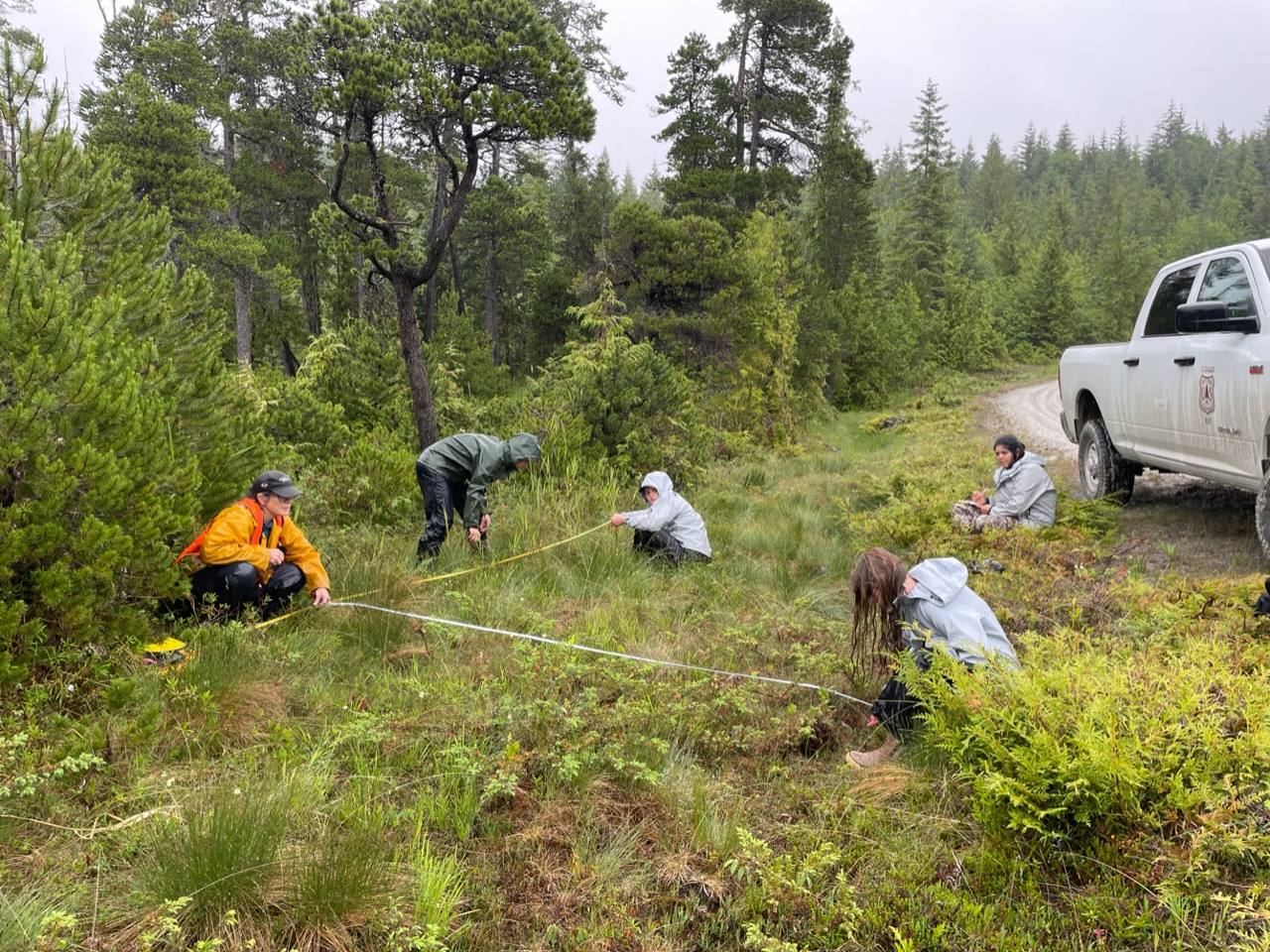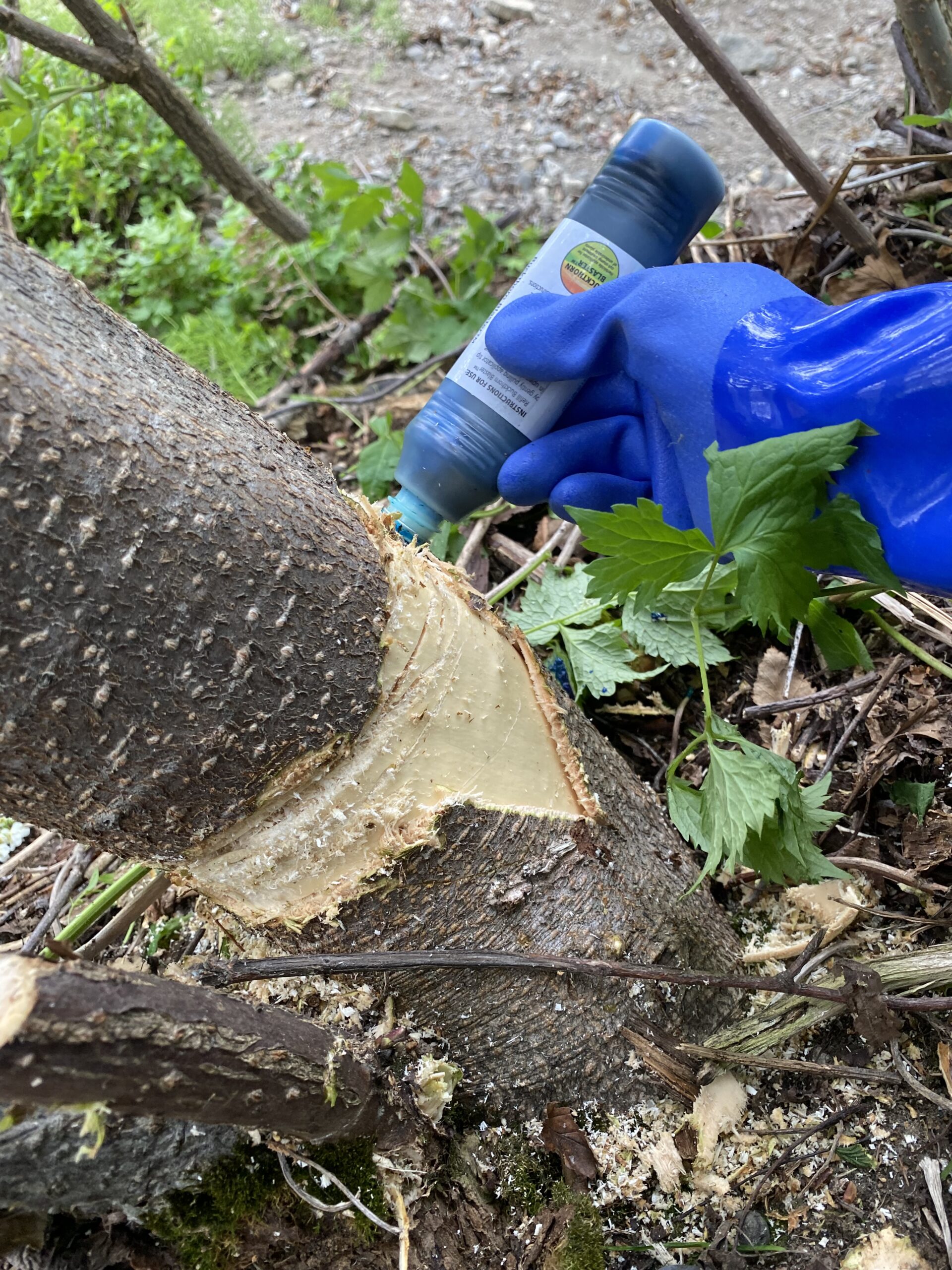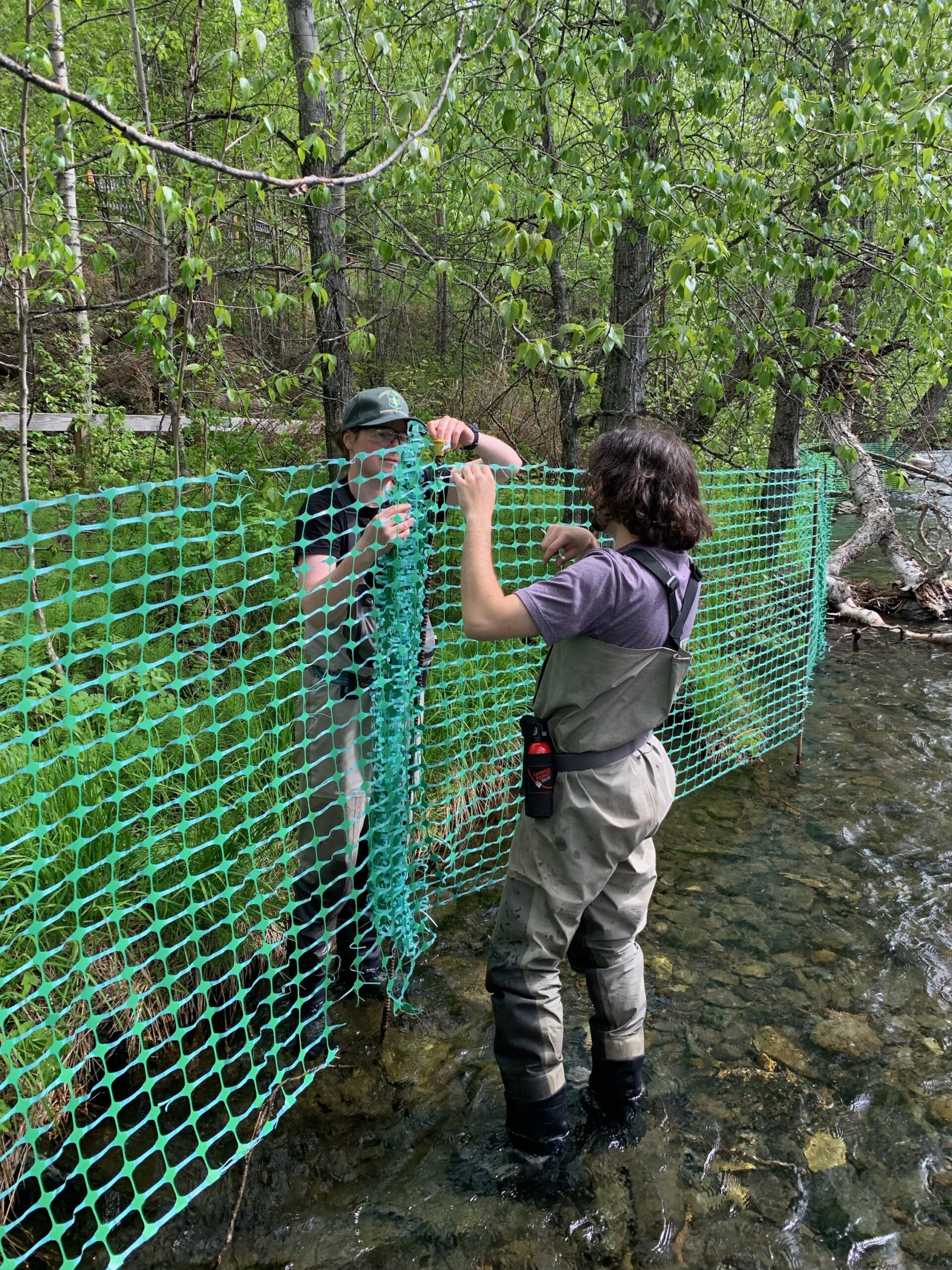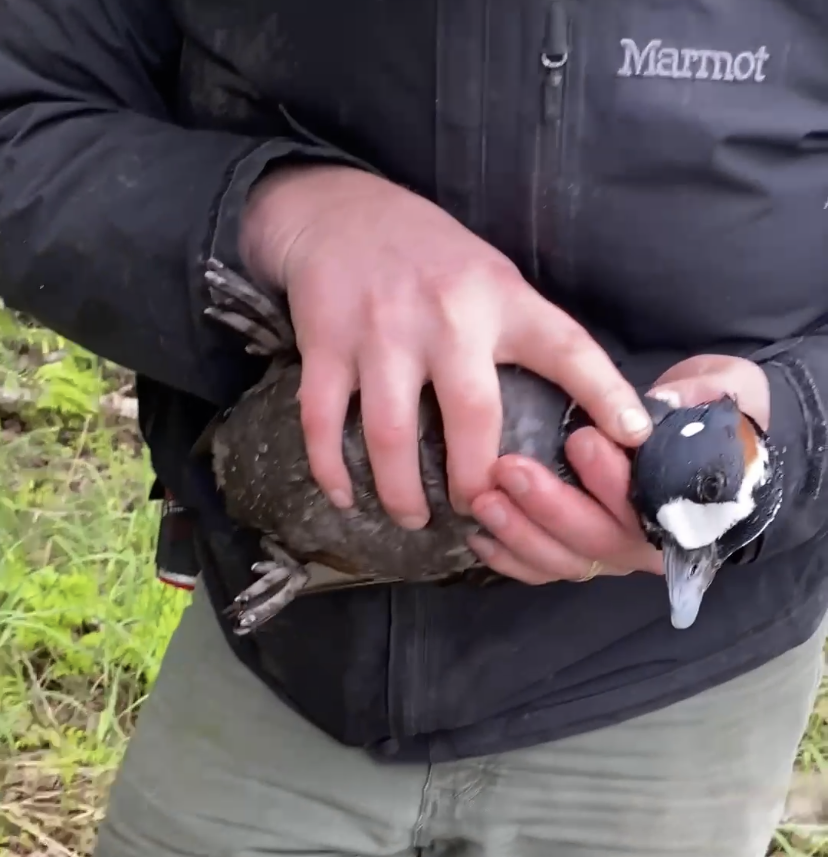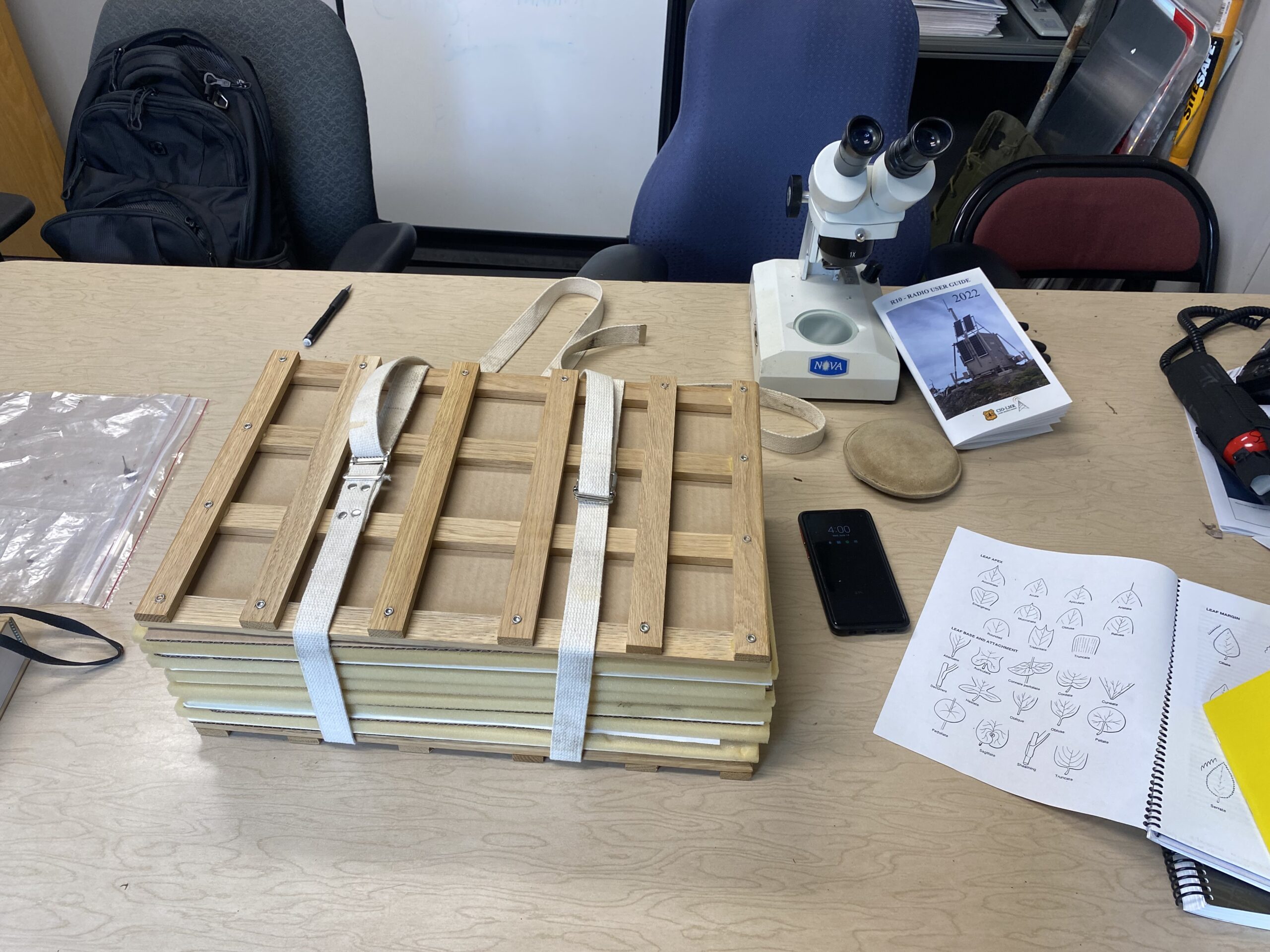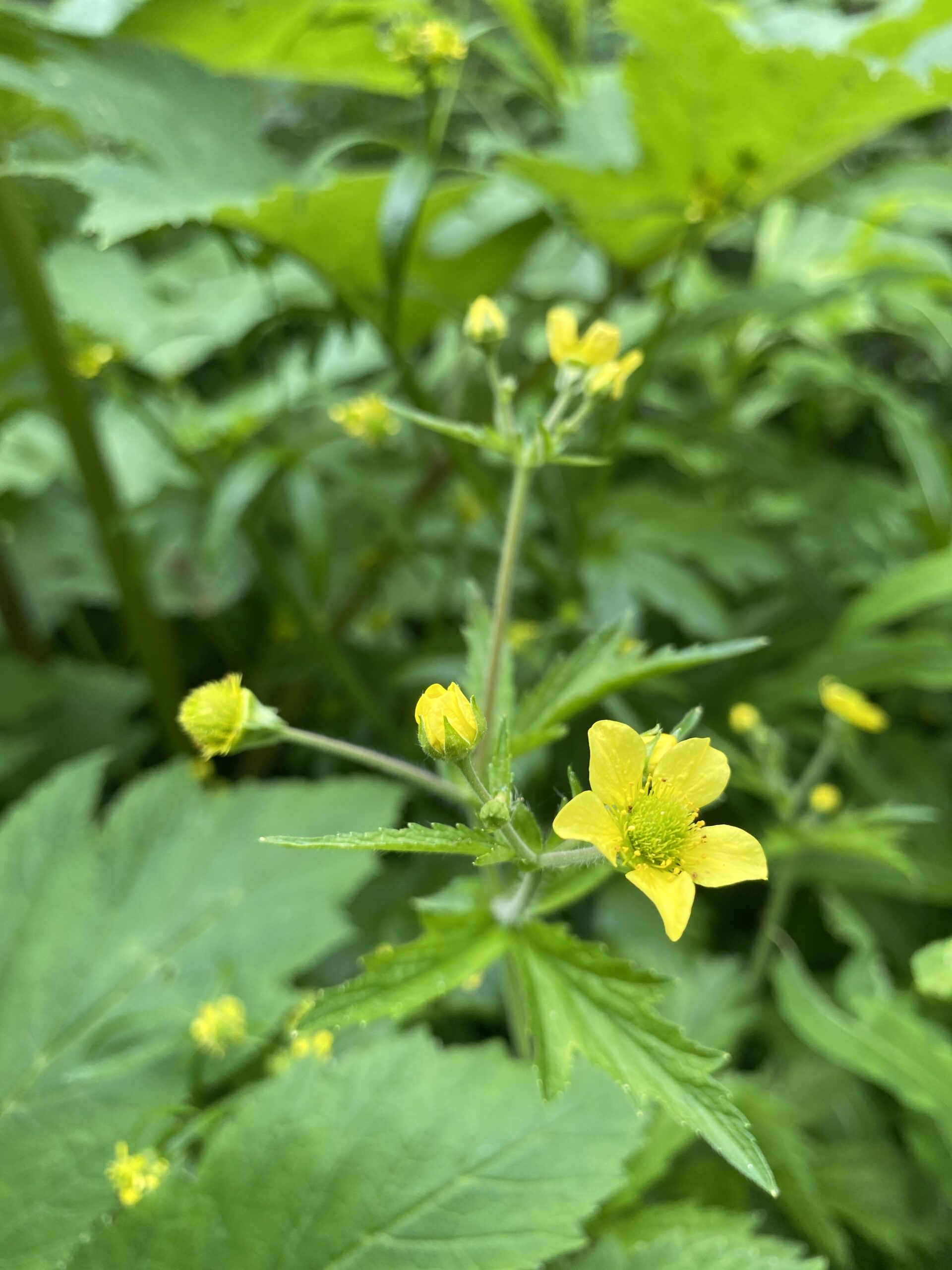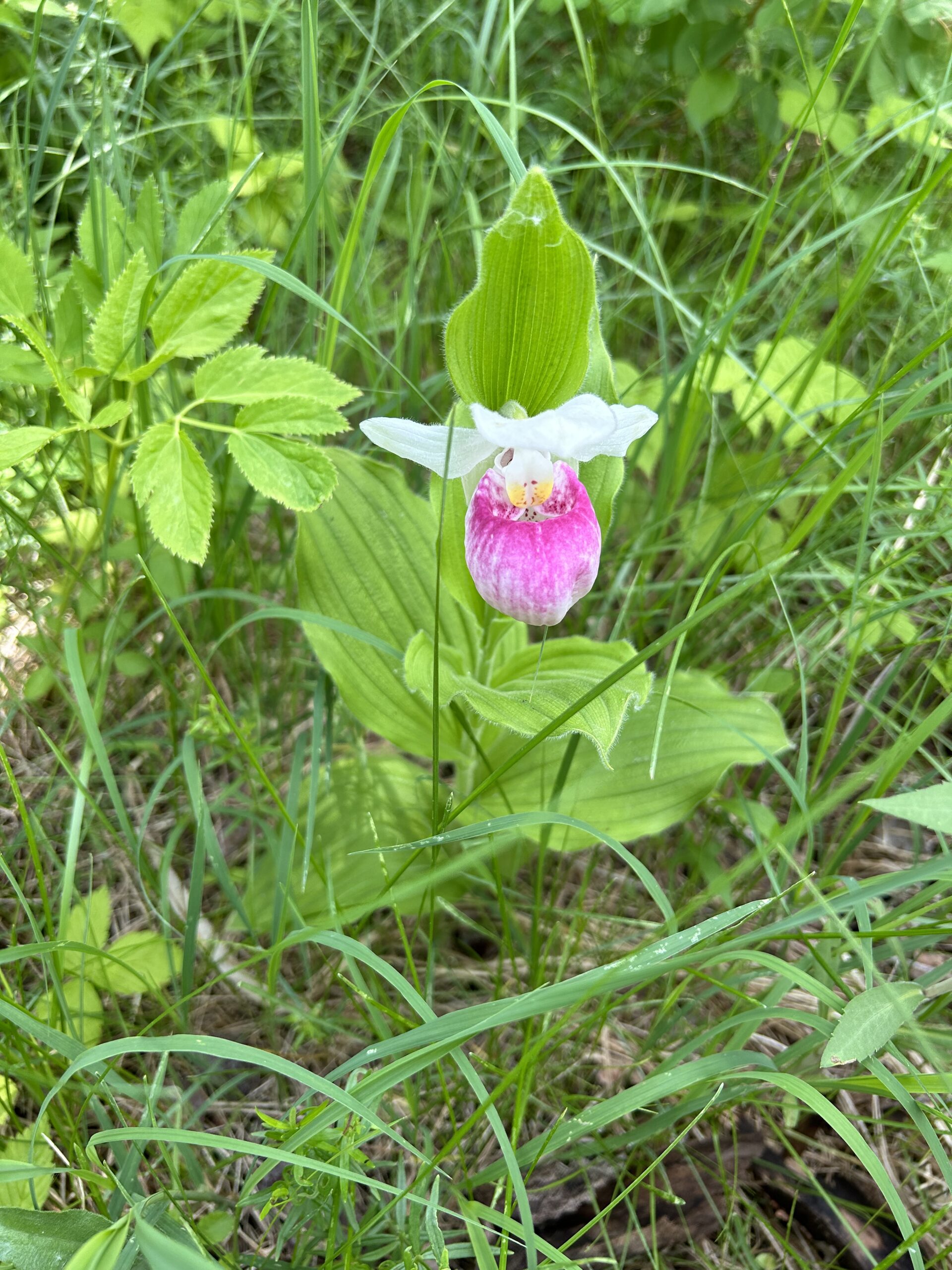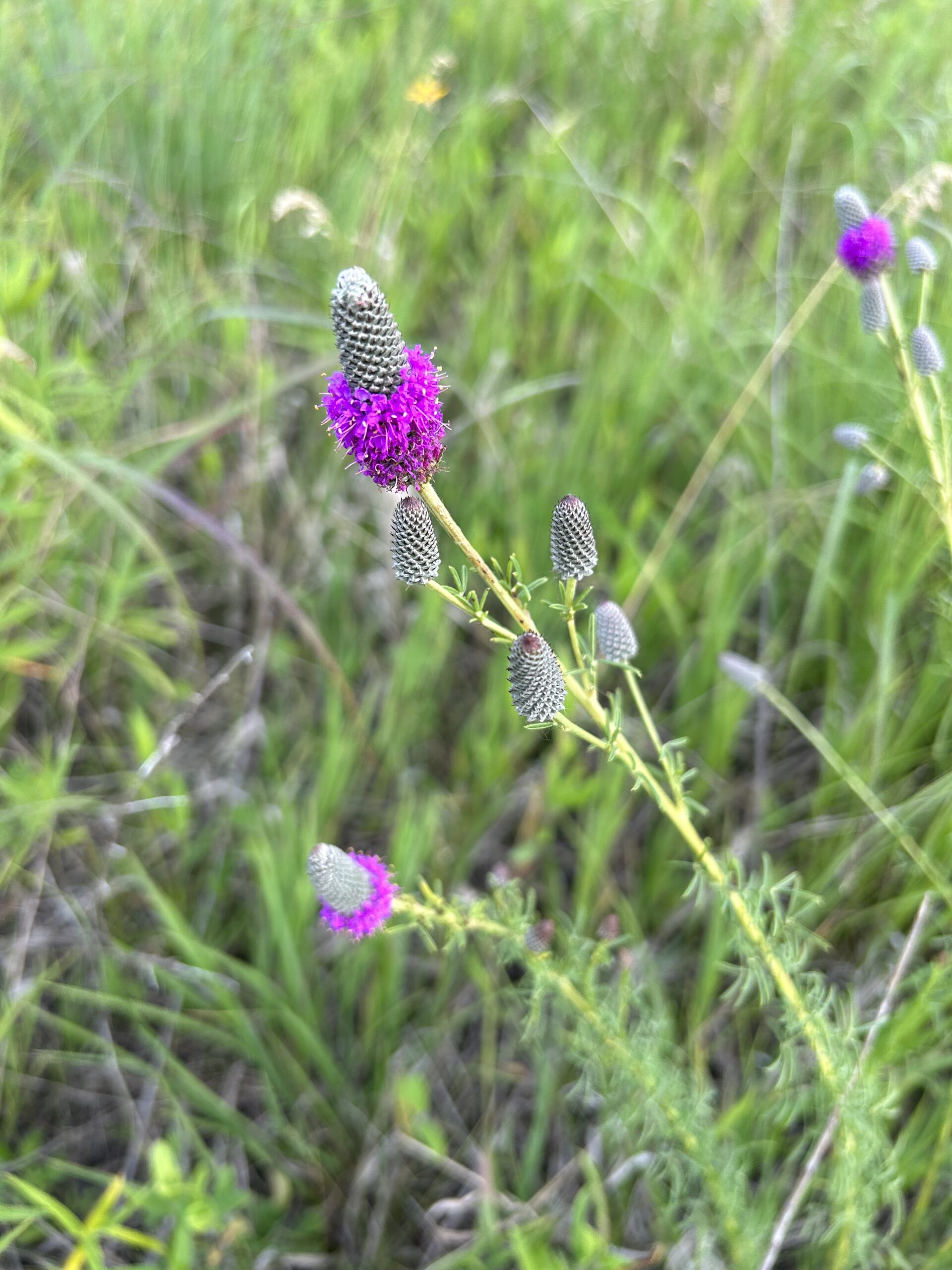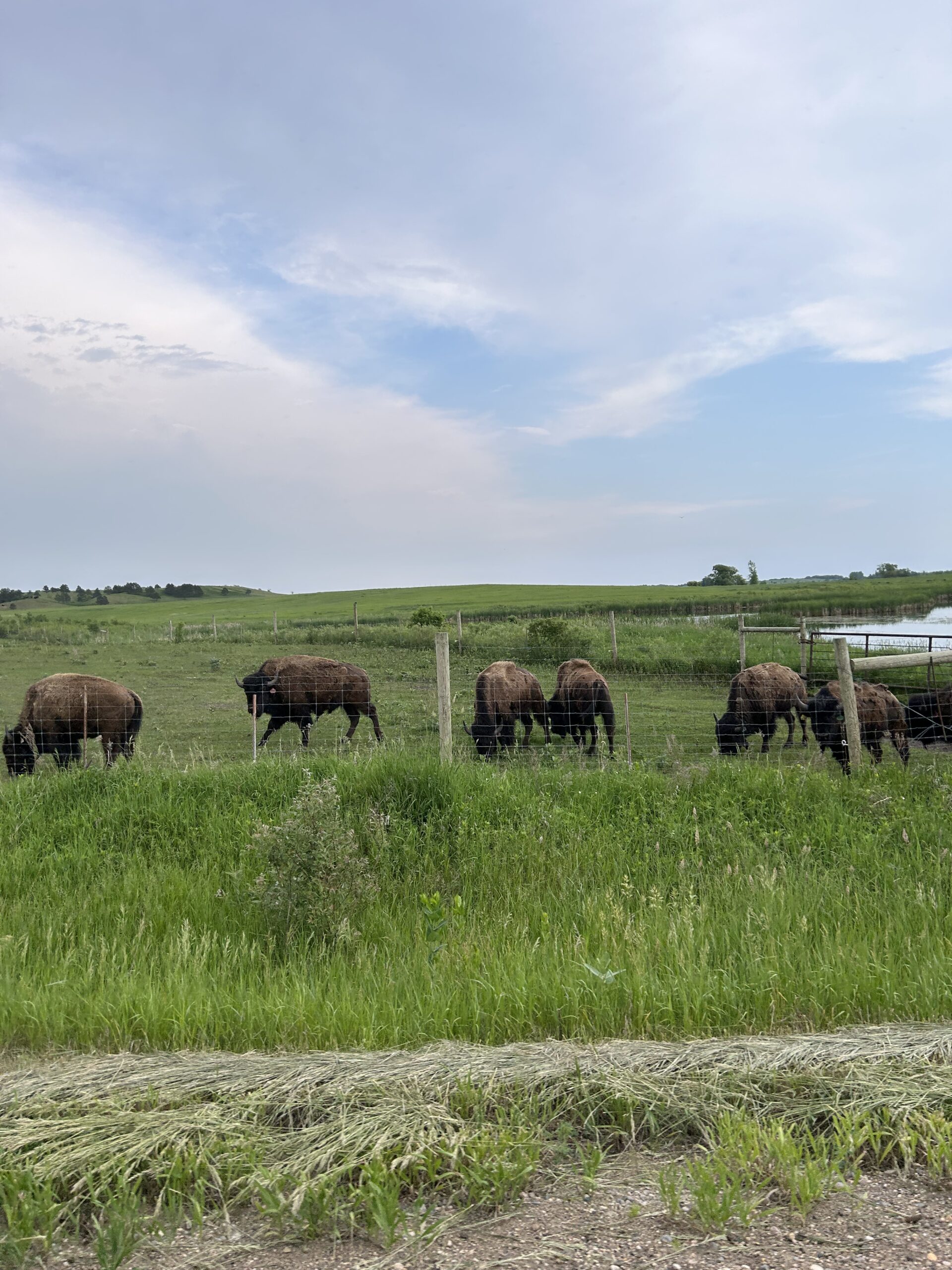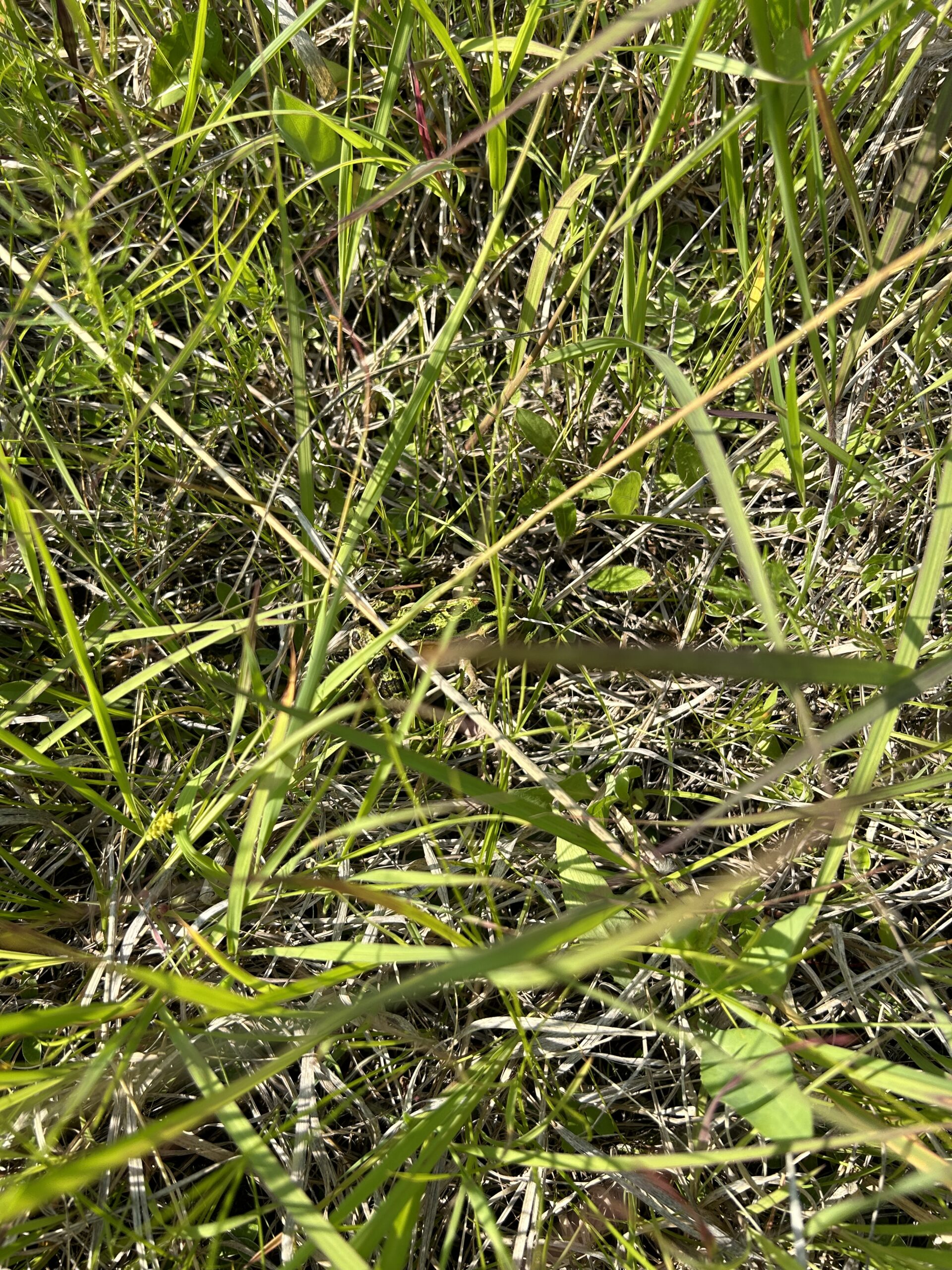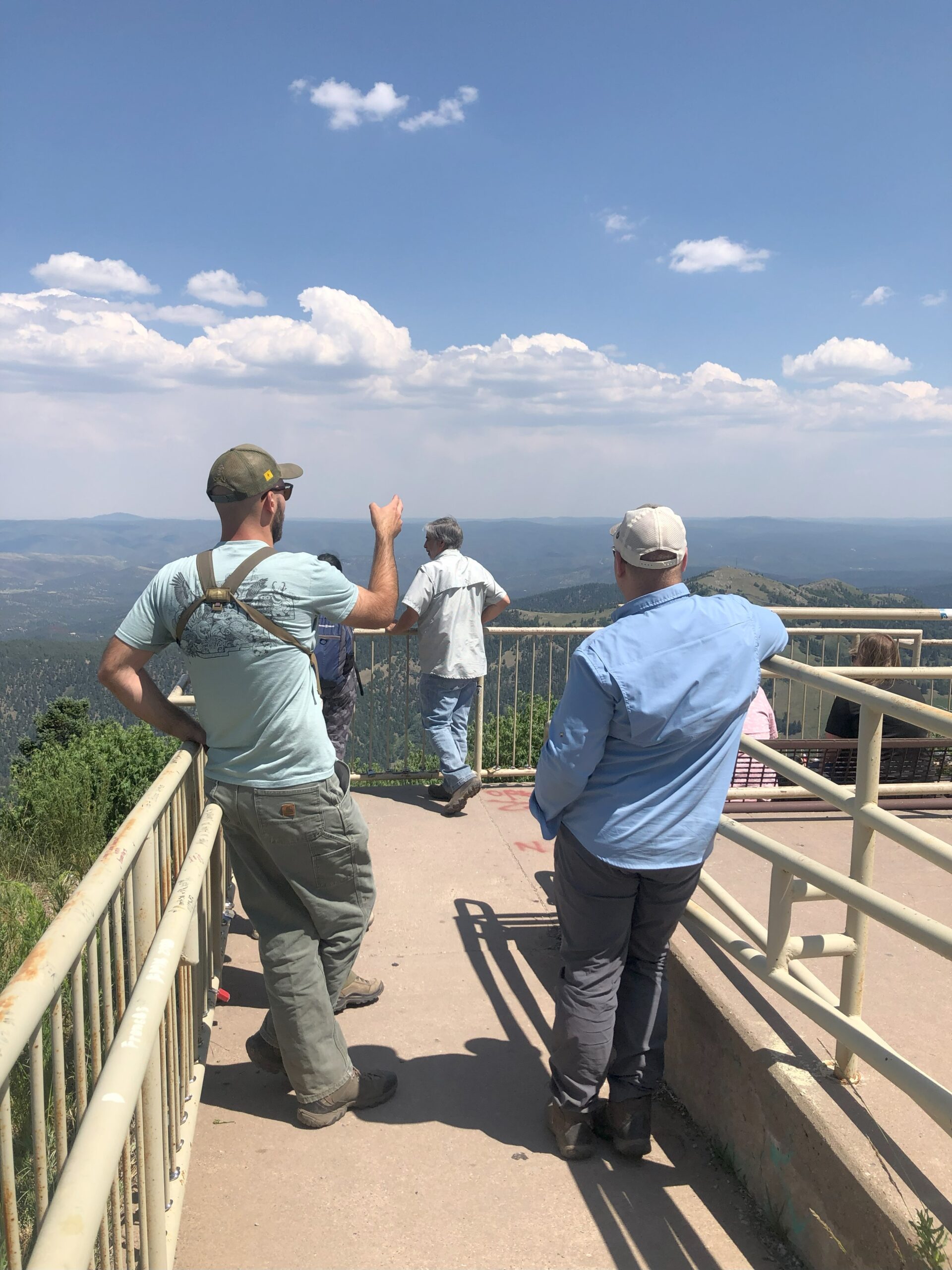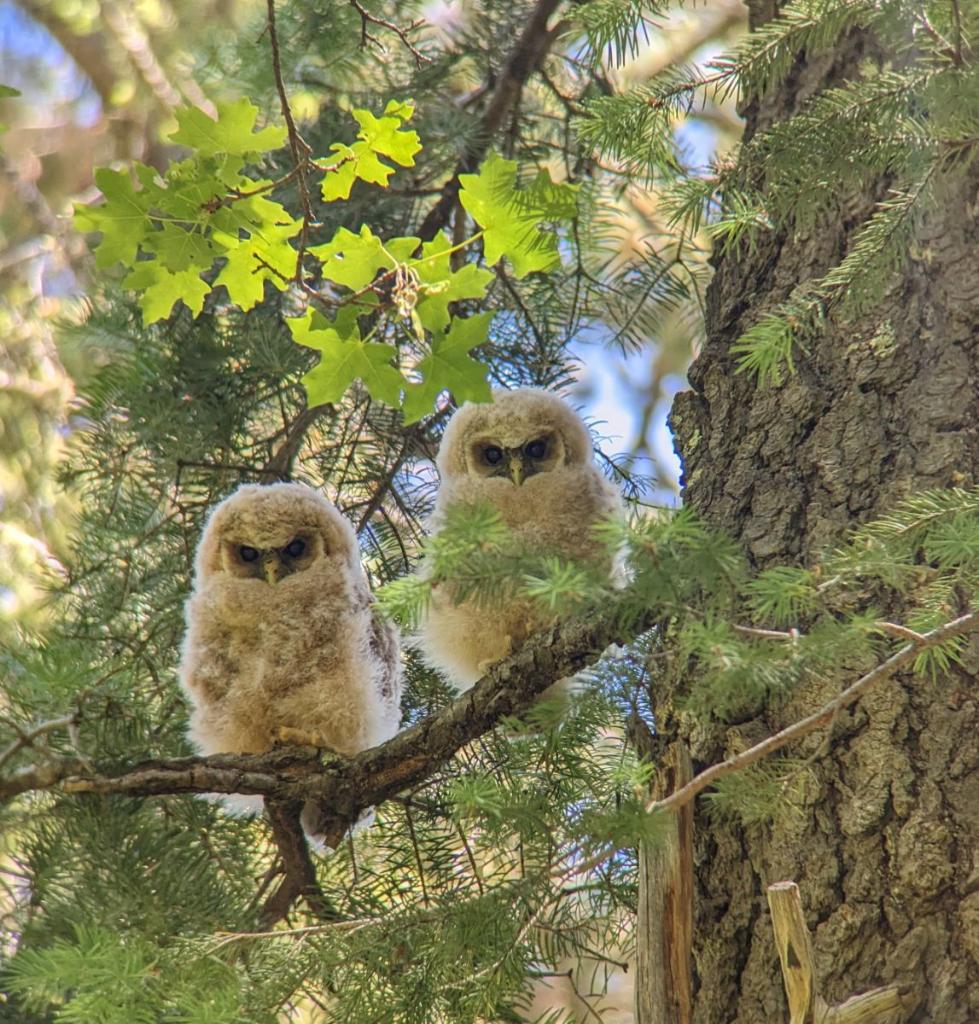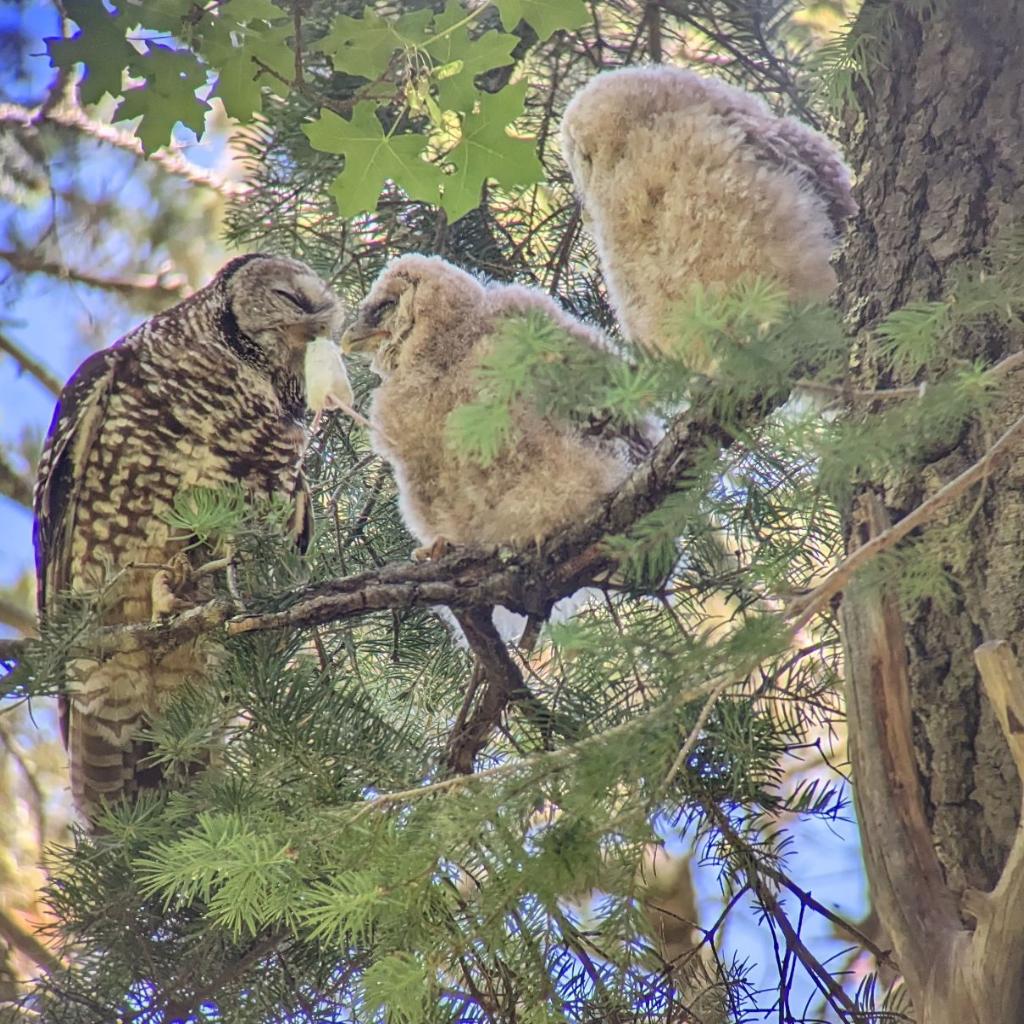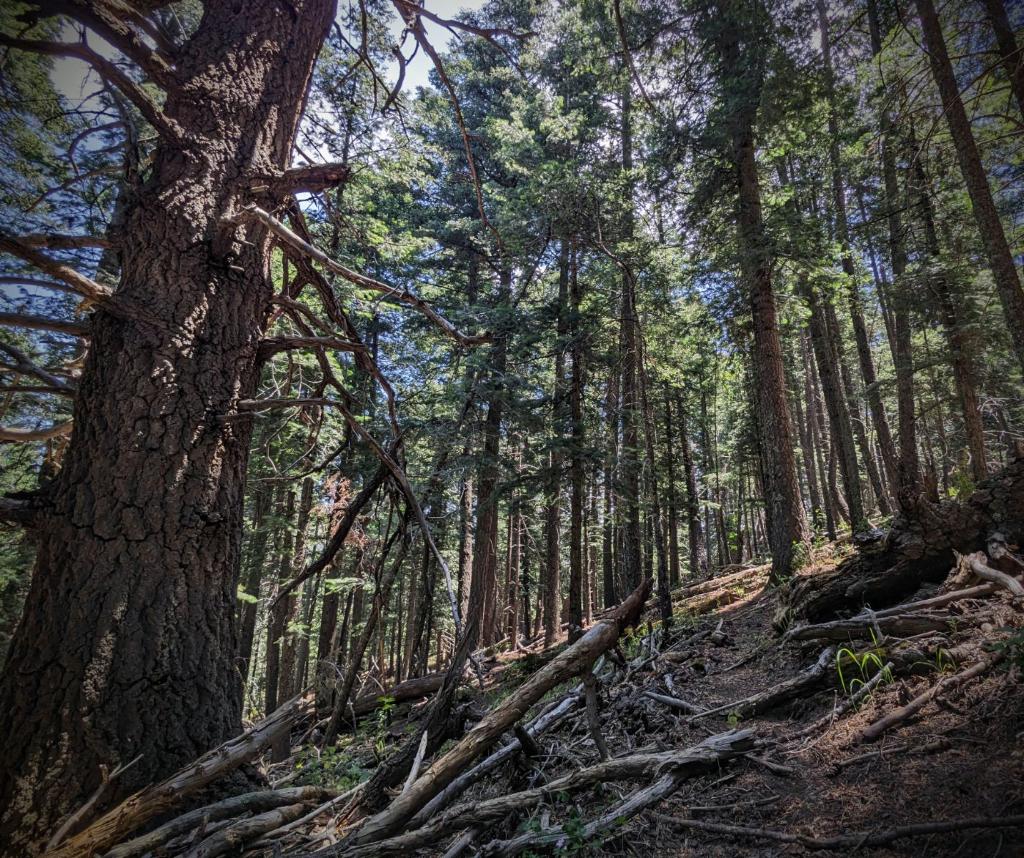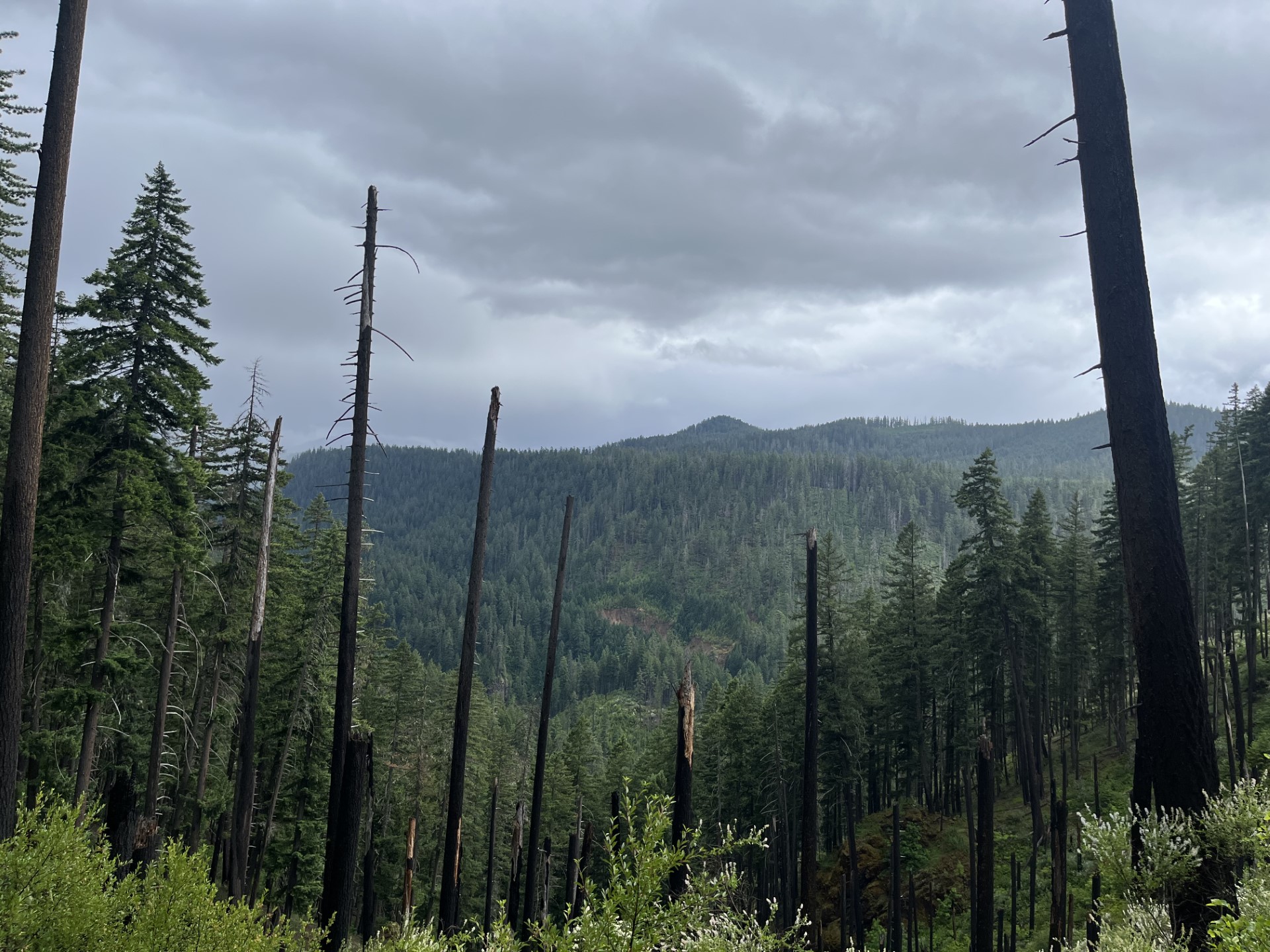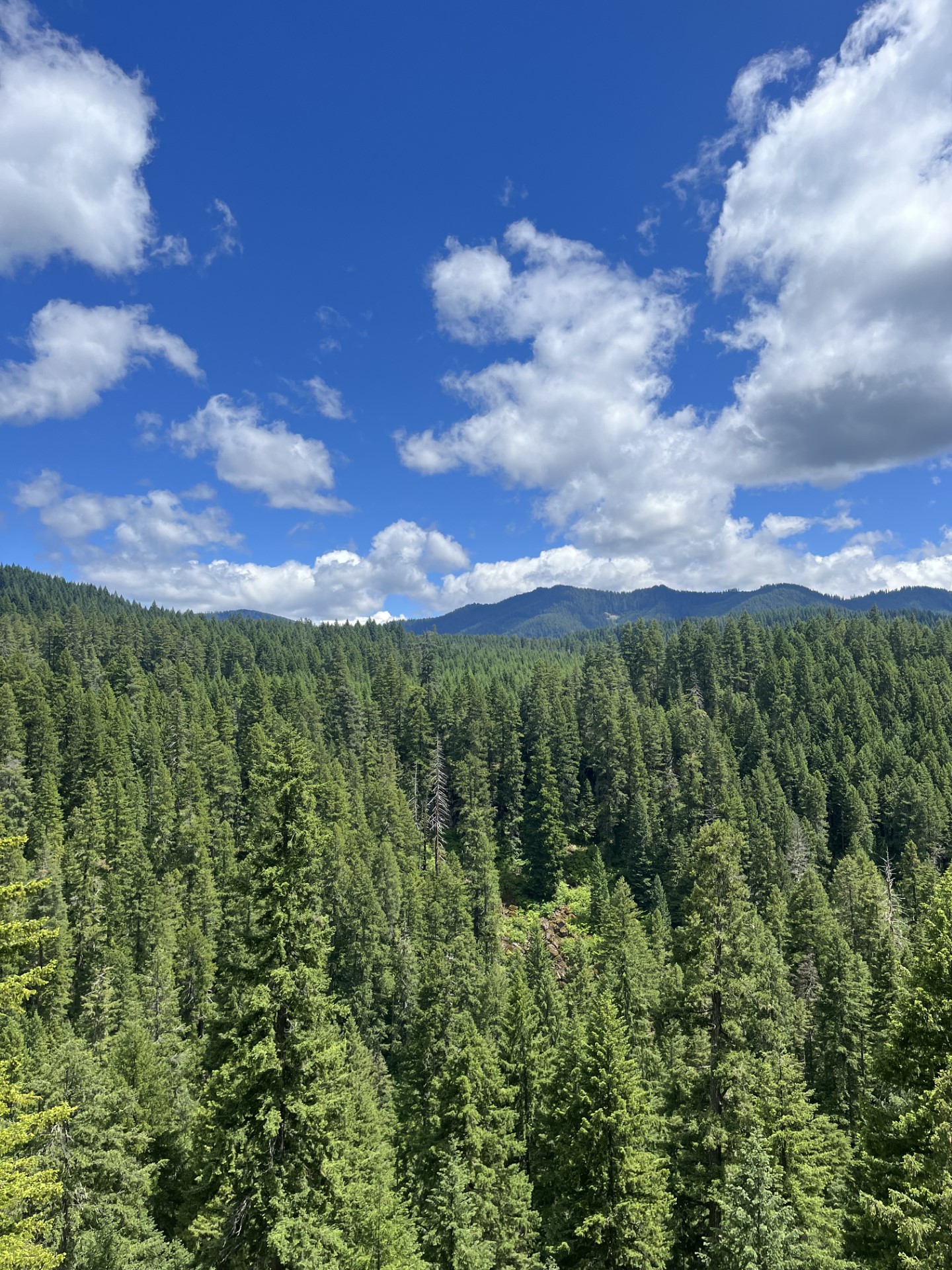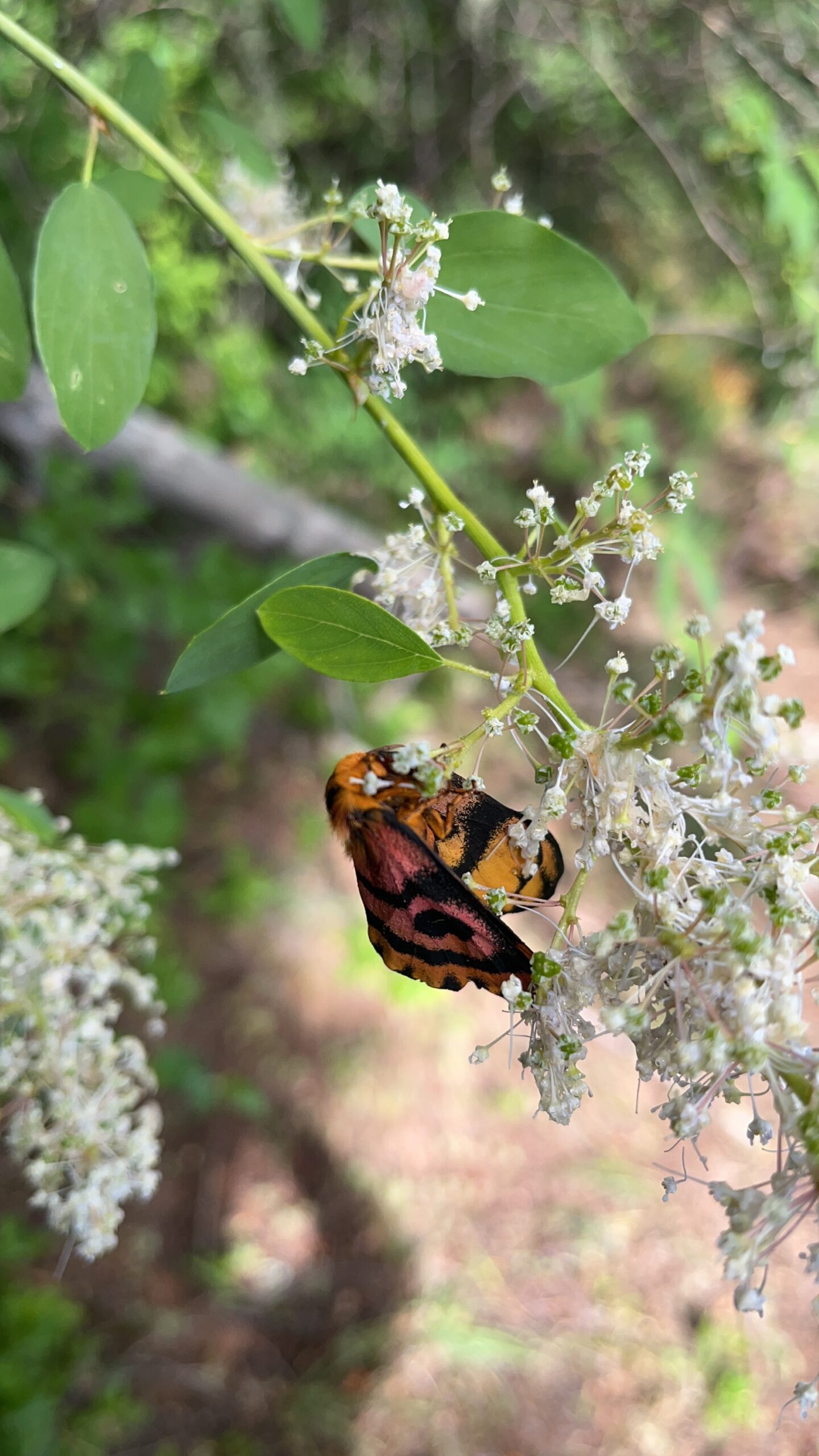I showed up to Tonasket, Washington with a car filled to the brim with memories (junk) collected (hoarded) over my 22 years of life on the East Coast, two faded bumper stickers, and an incessantly lit check engine light. Like my Massachusetts license plate, I felt a little out of place in this small, self-sufficient community.
My position with CLM and the Forest Service has found me working on the Western half of the Colville National Forest, a mountainous forest dominated by douglas fir (Pseudotsuga menziesii) and pinegrass (Calamagrostis rubescens). While we wait for the forest’s forbs and grasses to mature enough for us to collect seeds, my co-intern and I have been conducting plant surveys alongside Tonasket’s botany team, searching for rare and invasive plants.
At first I was intimidated by Erica, Tonasket’s head botanist’s, encyclopedic knowledge of the region’s plant species, but I appreciate deeply how much I have to learn from her. July Jenn already knows far more about plants than May Jenn did, and that is entirely thanks to Erica’s support and instruction. Some days the learning feels impossibly slow, like my team would probably run more smoothly without me there. But it’s the fact that despite my lack of experience, they’re still willing to bear with me and give me the opportunity to learn that I’m grateful for. Before, I was nervous that leaving academia meant the beginning of my brain’s deterioration, but it certainly won’t be rotting during the course of this internship.
So far, the team has successfully found several monkey flower (Erythranthe suksdorfii) a rare plant that the Forest Service has interest in cataloguing for further monitoring and protection. We’ve also gotten to visit known populations of columbia quillwort (Isoetes minima) and golden carpet (Chrysosplenium tetrandrum), rare plants that have previously been identified in Colville NF’s Buckhorn project area (the area in which we do the majority of our work). I feel incredibly lucky to have witnessed any of these plants in the wild, when I know some botany teams spend entire seasons searching for rare plants fruitlessly-no pun intended.
Every day is different in the field, and some are more challenging that others. My co-intern, David, and my first day conducting a survey independently of our mentor, Erica, sticks out as one of those days. Our task was to revisit a known population of Chrysosplenium tetrandrum, count the number of plants, and keep a running exhaustive species list of the project area. Simple enough. The very first hurdle of the day were my species identification skills (abysmal), the next was the path to our plant population sight (very overgrown). Navigating through unkempt undergrowth and over fallen trees alongside a healthy creek, while swatting mosquitos and avoiding prickly plants, I certainly got my socks wet a number of times, and sustained a healthy number of bruises. Discovering a Chrysosplenium population that had exploded since the last botanist site visit many years ago, however, was certainly worth the journey.
Everything is new to me here. The plants, the scenery, the gas prices. I can’t help but to think of the sights and sounds of east coast city life. The feeling of estrangement has been slow to fade–each day I encounter things that remind me how far I am from home. But I think it’s time for me to accept the unfamiliar, embrace the opportunity I’ve been given to work here, and hopefully to learn about myself alongside Okanogan County’s plant life.
